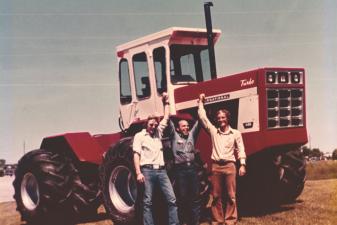International TX-178 Prototype

This TX-178 Prototype was developed by engineer Rich Hale at International Harvester in 1977 and 1977. The machine appears in TRACTOR by Lee Klancher. This blog offers official IH documentation, photos, and drawings of the tractor, tracing its design evolution. Scroll all the way down for factory documents talking about the concept and it's performance. If you would like to receive content like this sent directly into your inbox, join our mailing list! Images courtesy of the Rich Hale Image Collection.
Visibility and cab noise were two major concerns for tractor developers in the 1970s, and this International concept tractor attempted to address those by mounting the radiator in the middle of the tractor. This pushed the engine a bit further forward, which both reduced the engine noise in the cab and improve visibility by allowing the hood to be a narrow shark nose. The idea was extensively tested in 1977, and the test engineers found good cooling performance, improved visibility, and better front end stability. The project was scrapped, however, due to significant problems with trash build-up on the air intake as well as driveline vibration. The reverse air-flow concept was not scrapped, and would appear on later IH models.
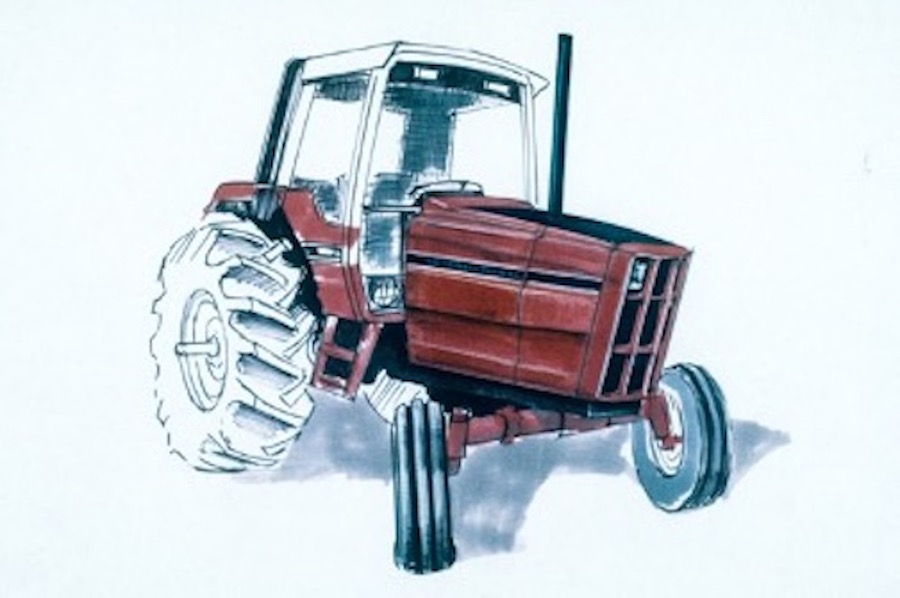
This concept drawing of TX-178 shows off how streamlined the tractor could be with the radiator mounted behind the engine. 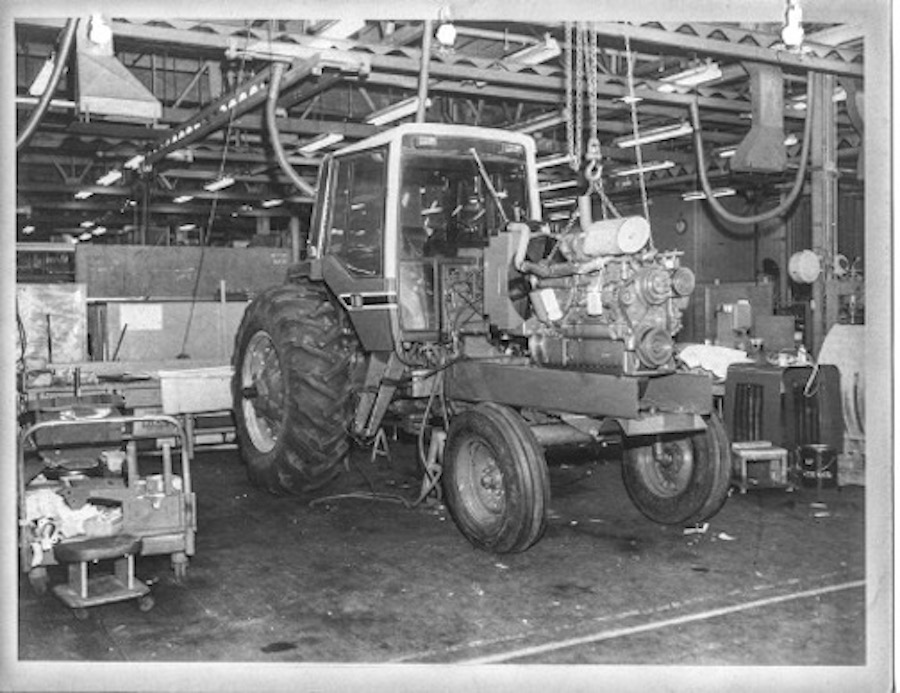
This image from 1977 shows the TX-178 being assembled in the shop. Note the radiator location.
The following is from an interview with engineer Rich Hale about his time working for International Harvester and Case IH. In this excerpt, Rich talks about designing and testing the TX-178, a prototype that tested moving the engine forward in the chassis.
Rich Hale: One of the projects that I did have after that was ... I worked on a concept tractor that I was really quite proud of. We called Engine Forward. It was basically like a 2+2 in a way, but it had a fixed frame. It was a prototype. I built one. Mostly it was just me. There wasn't a team; it was just like one guy. We moved the engine forward about, I want to say, maybe three feet and connected it to the transmission with a dry shaft. Put the fuel tank behind the engine, between the engine and the cab. Put the radiator between the fuel tank and the engine, behind the engine. Drove the fan off the flywheel. We put a pulley on the sheet on the flywheel and drove the fan from that. Blew the air forward across the engine and out the front.
The idea of that machine was to move the engine weight forward so you'd have better stability, wouldn't need to add so much ballast. Move the air away from the cab, move it out the front of the tractor. That was one of the forward flow cooling concepts that we worked on at IH. That particular patent that I have on that machine was actually in the Red Power magazine about a year and a half ago (click here for Patent 4081050A). The comment that was made at that time was, "The styling of the tractor looked sort of like John Deere copied that styling." That was the main comment that I can remember they had in the magazine. The styling was just me free handing a hood on it, so it looked different than anything else we had. Just so it looked different. Somebody thought John Deere liked that styling that went with it, but I don't think so. If you look back about a year and a half in the Red Power magazine, there's a little excerpt from that patent.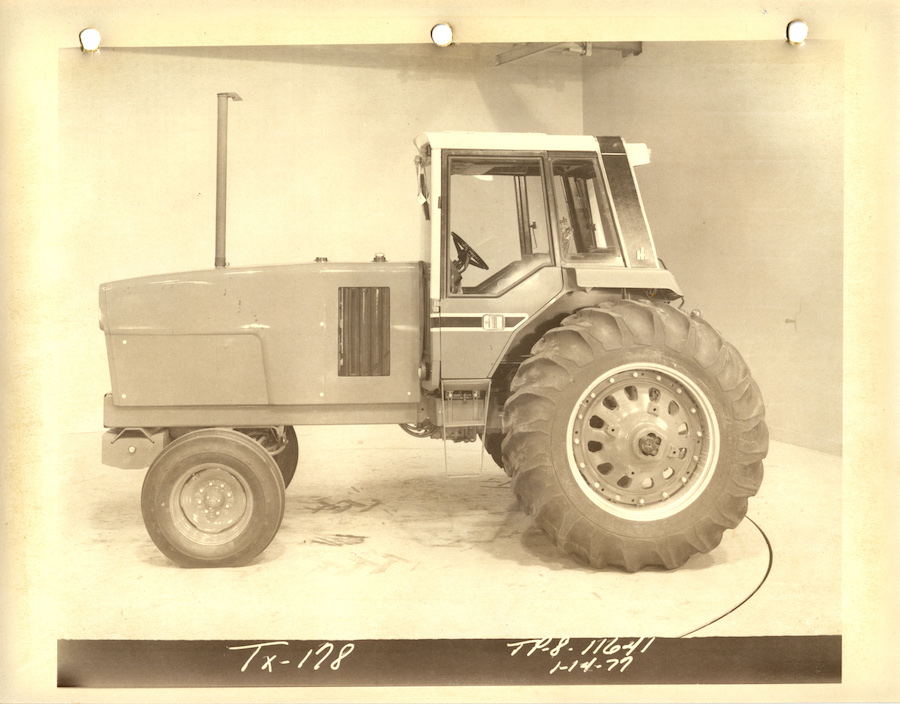
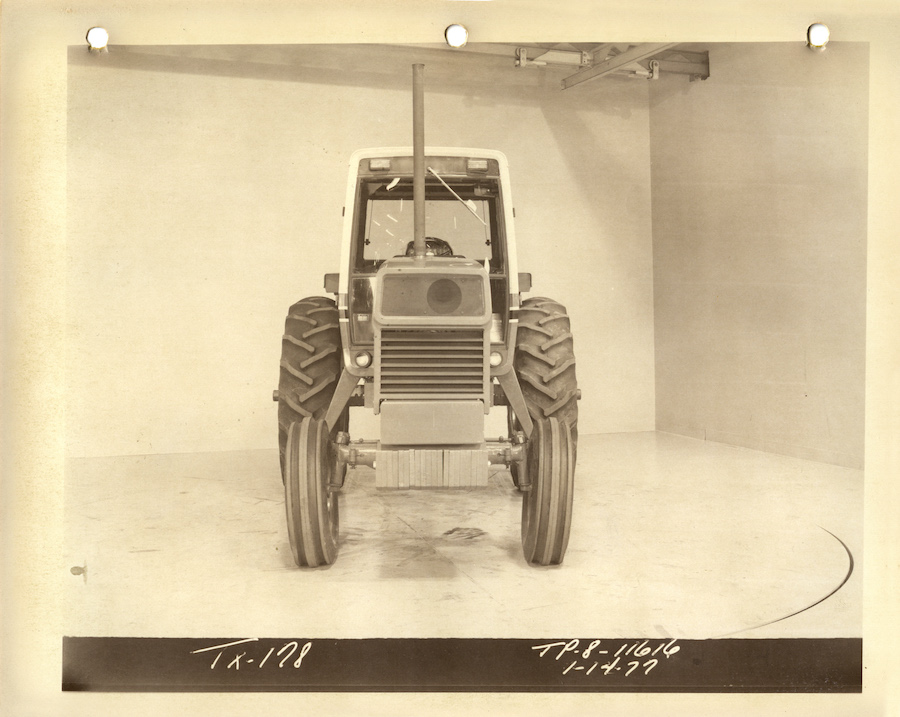
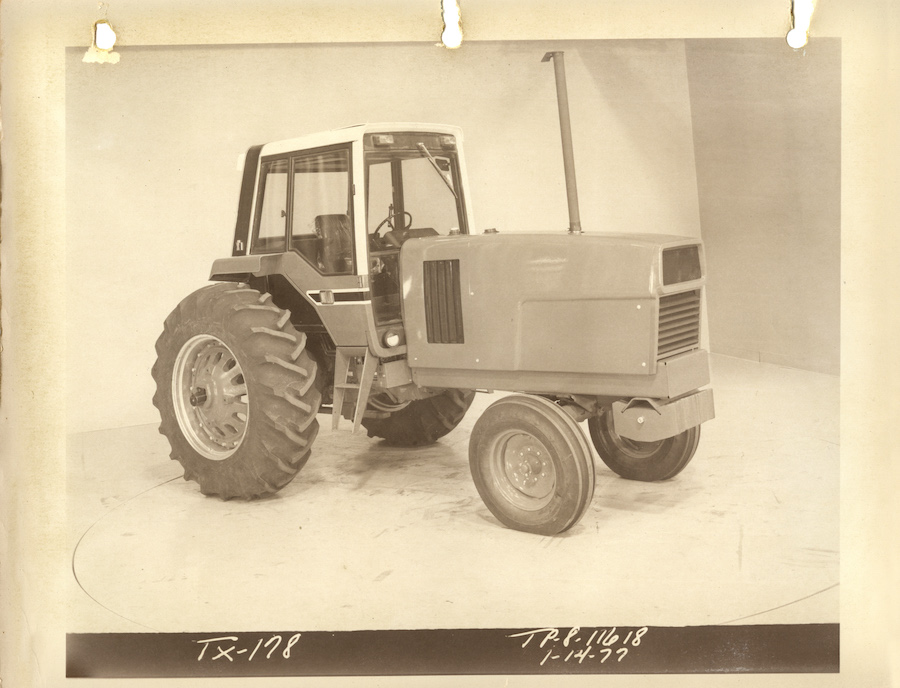
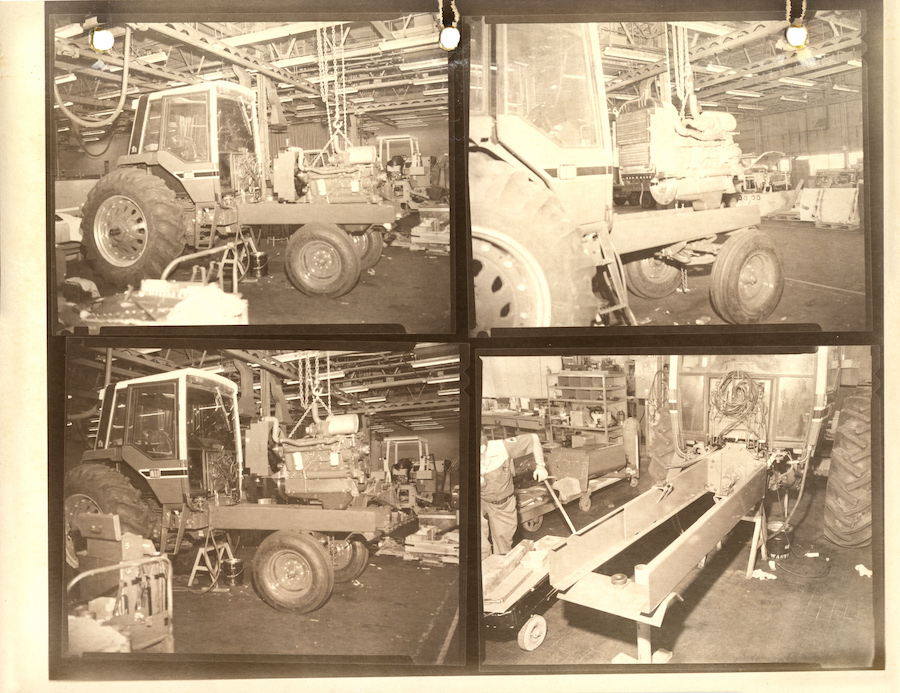
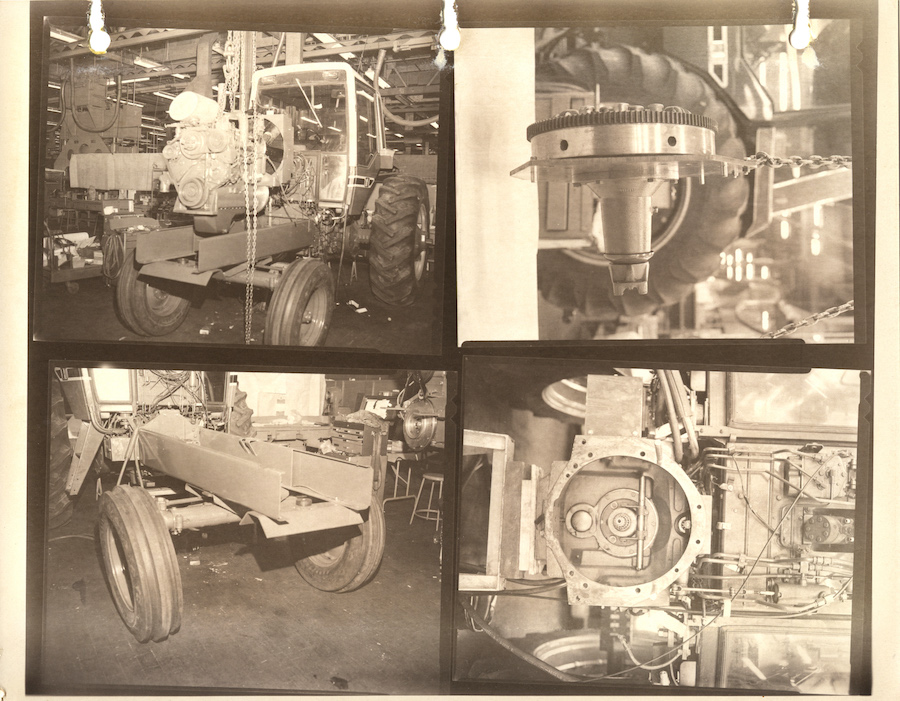
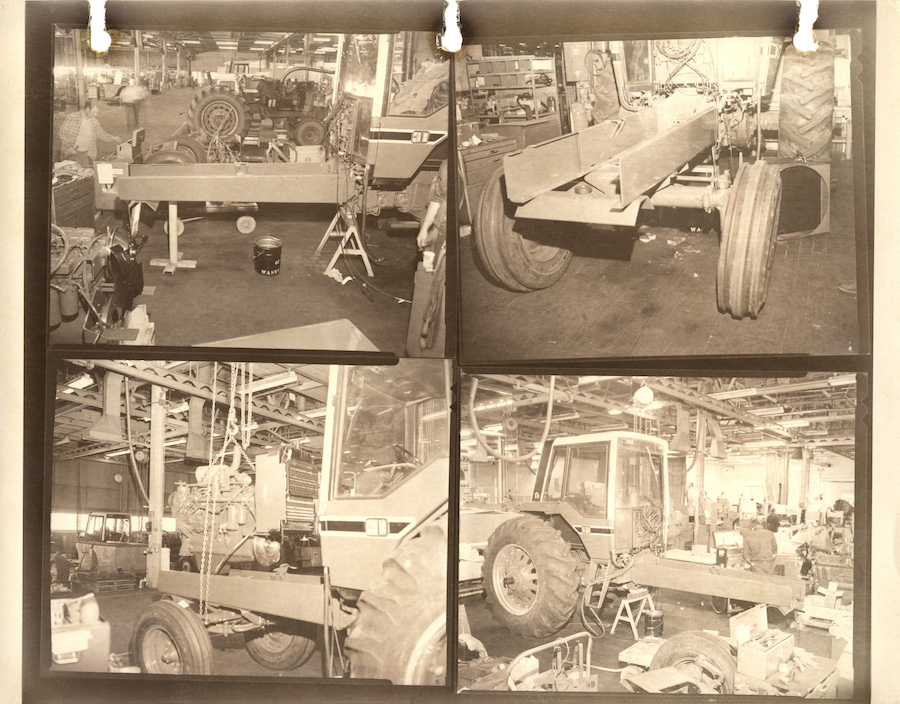
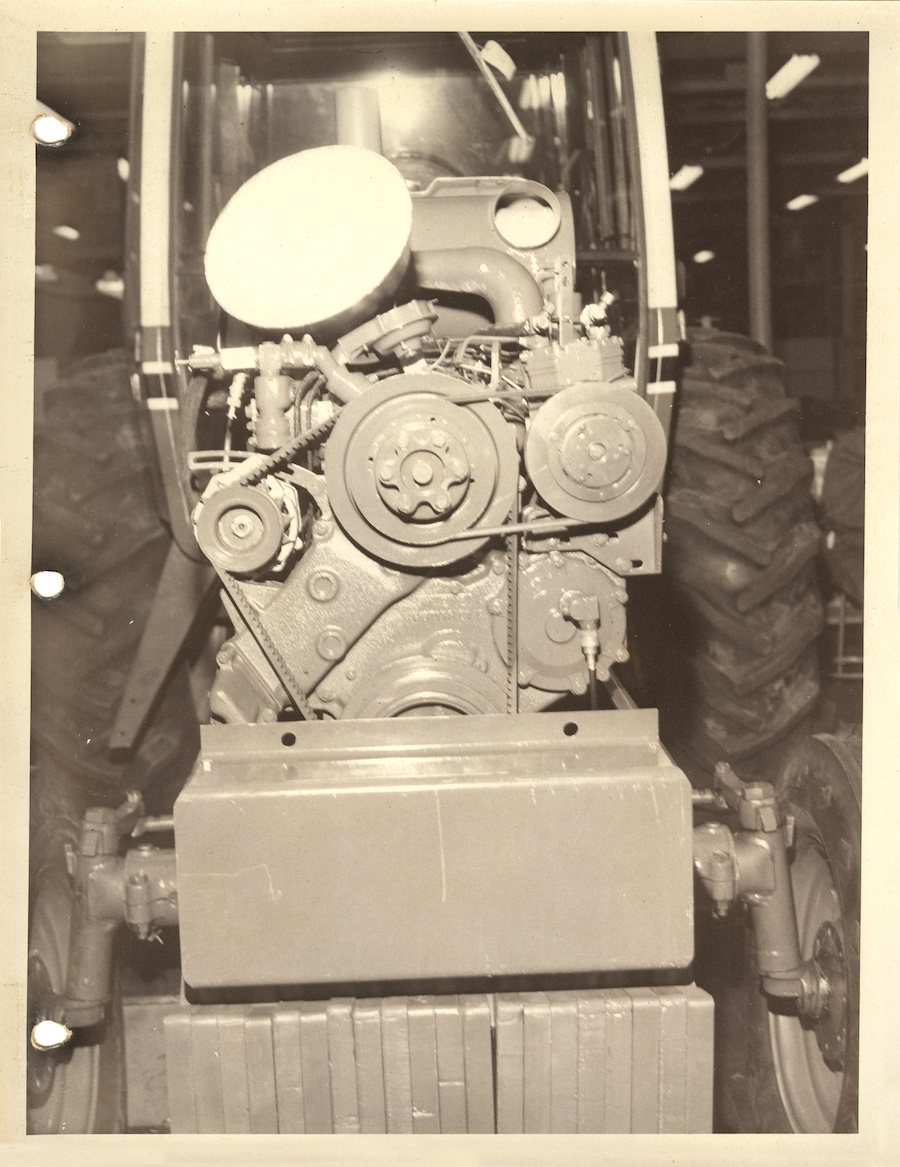
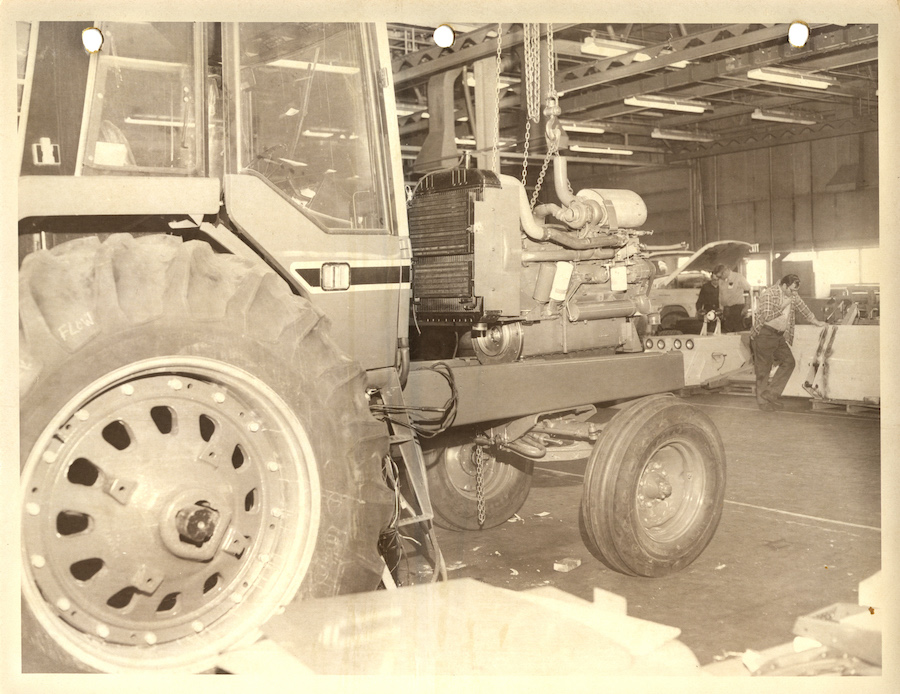
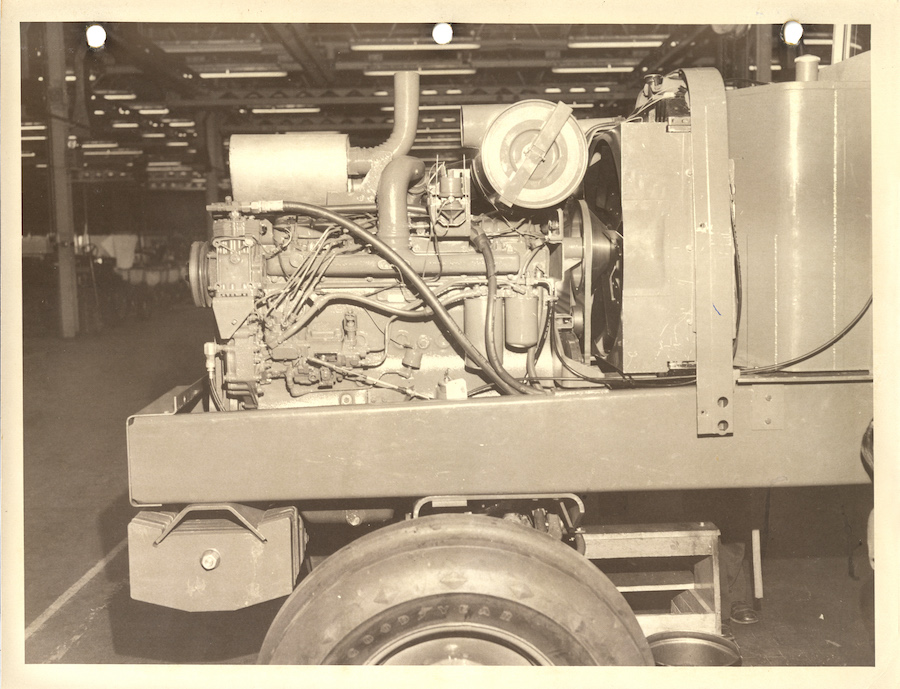
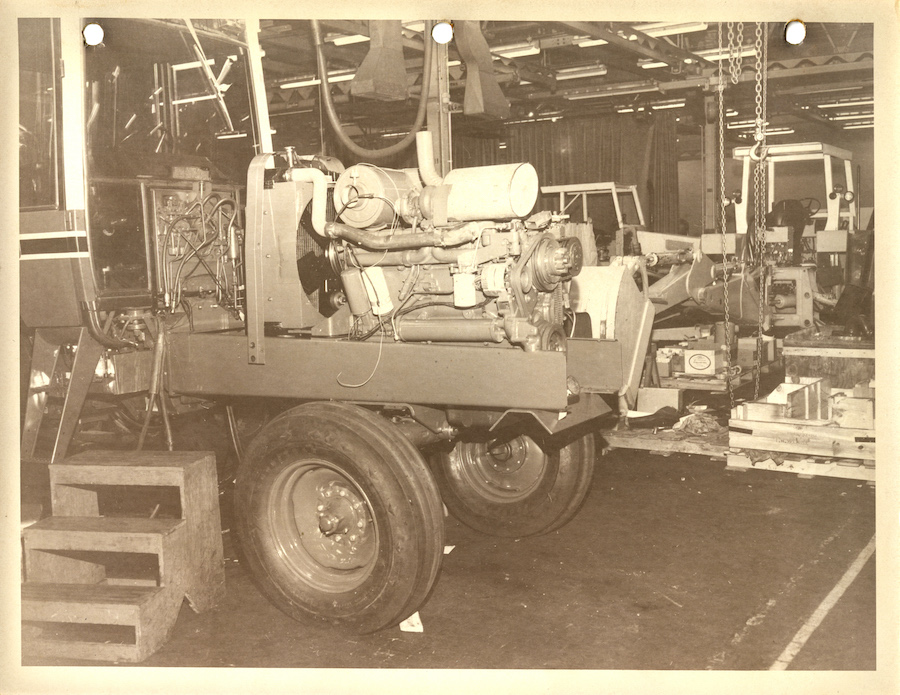
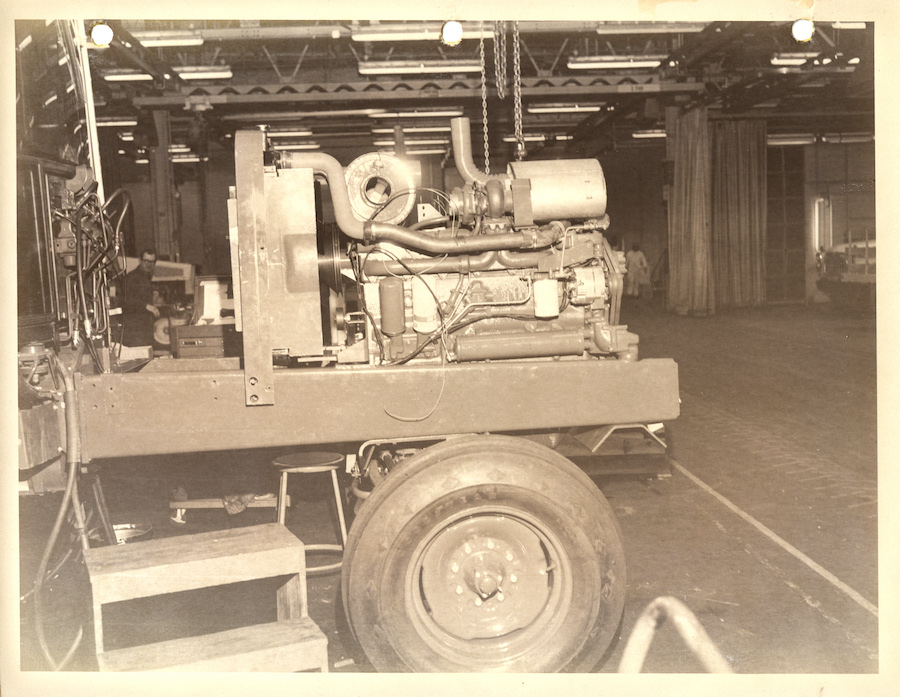
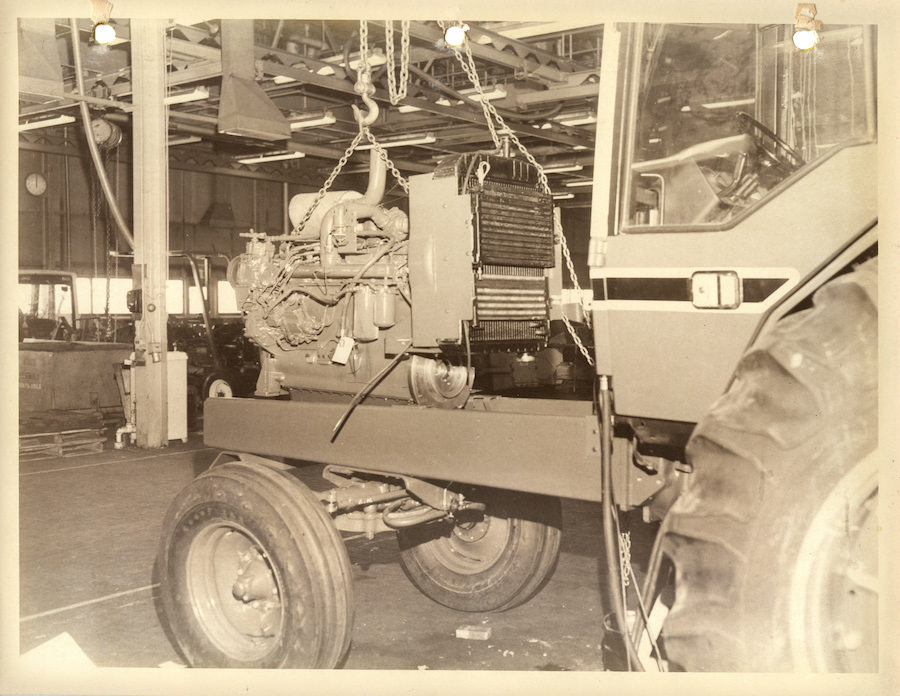
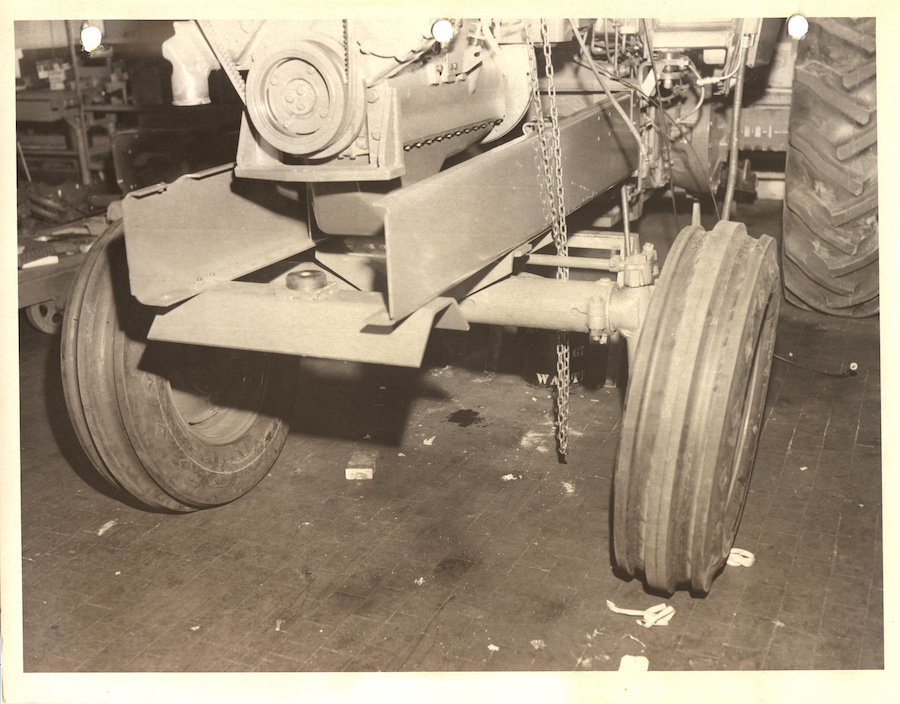
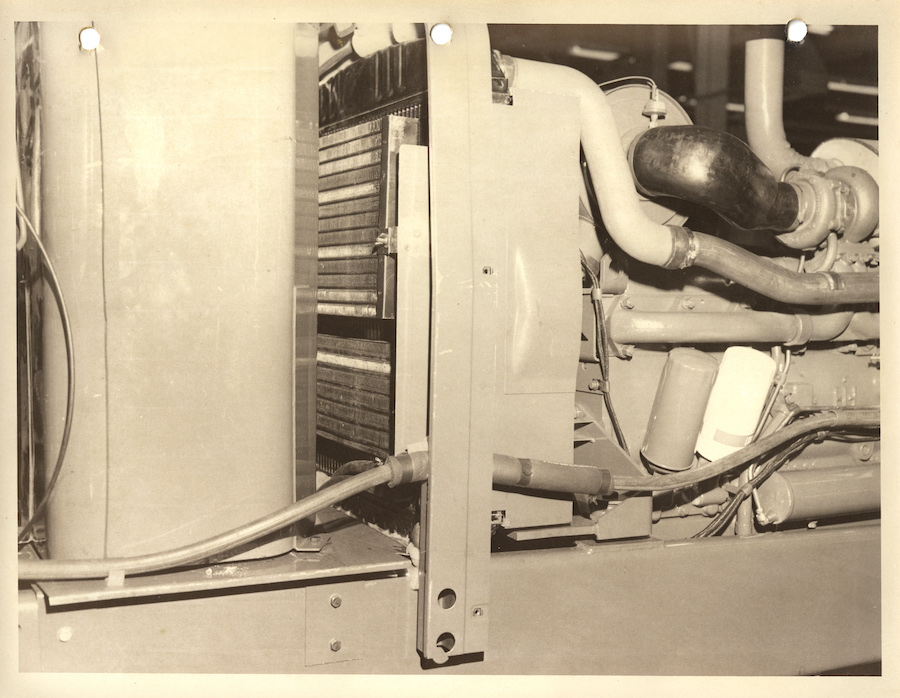
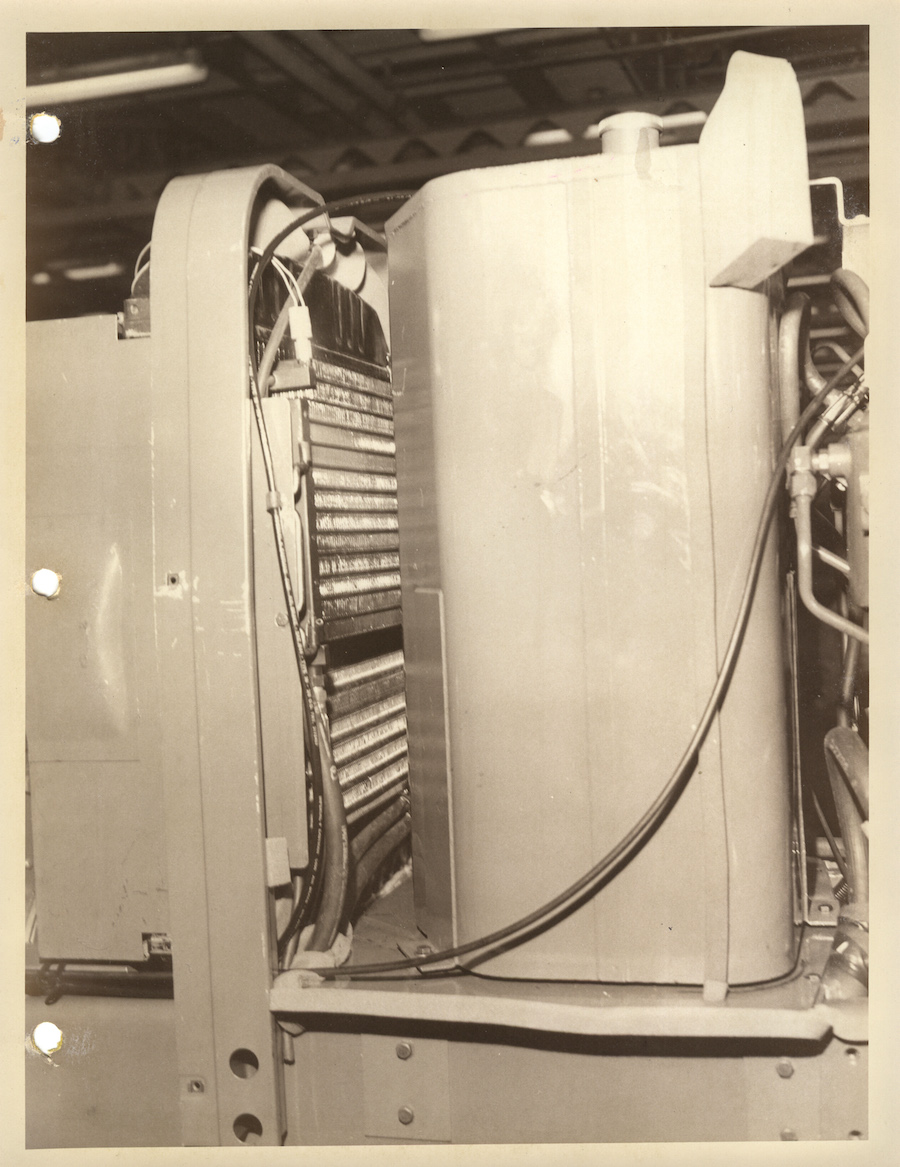
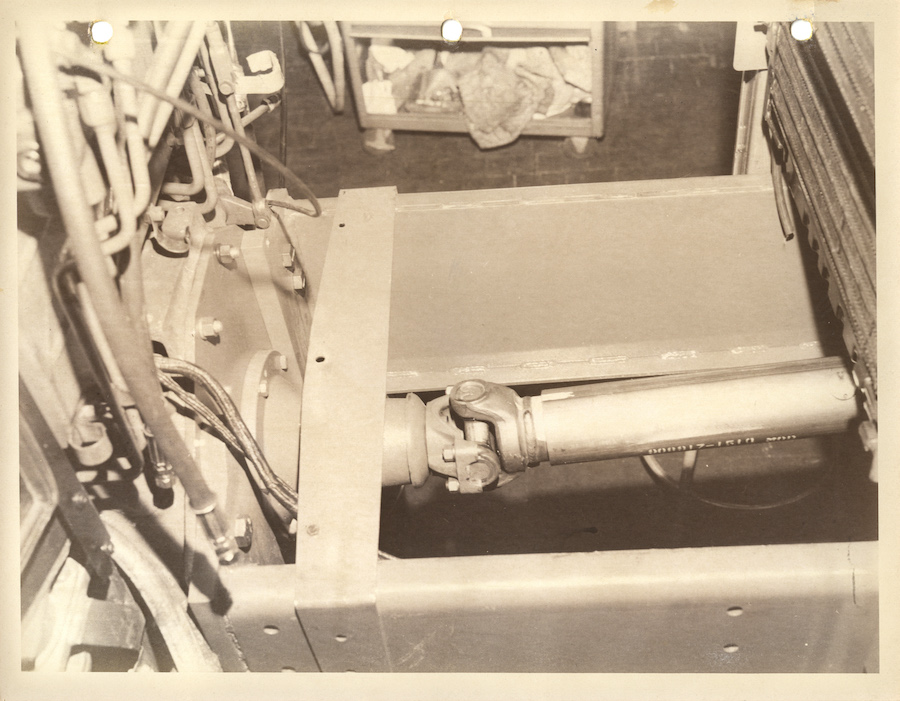

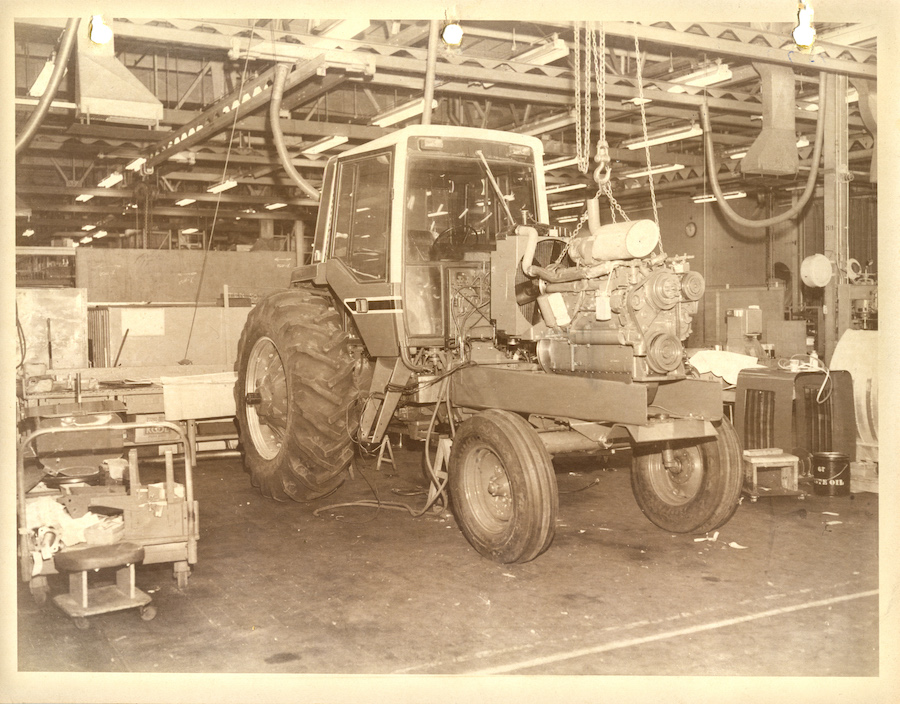
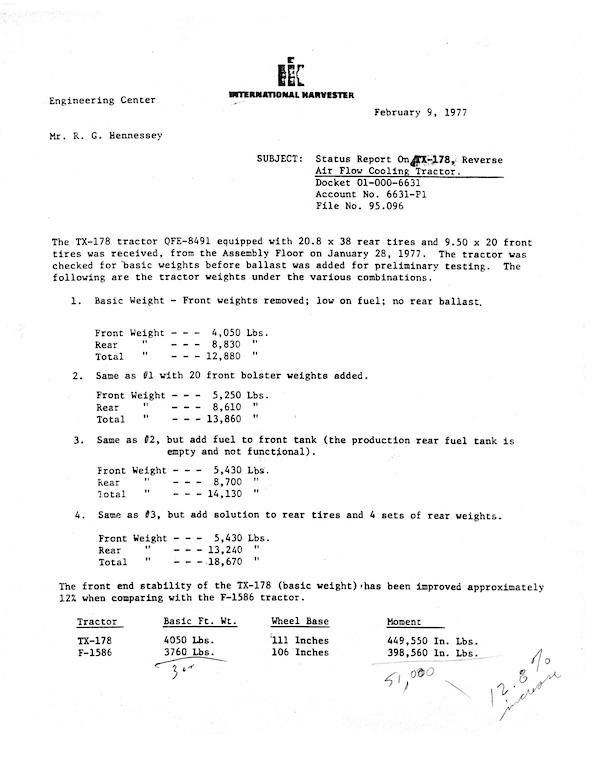
TX-178 Status Report
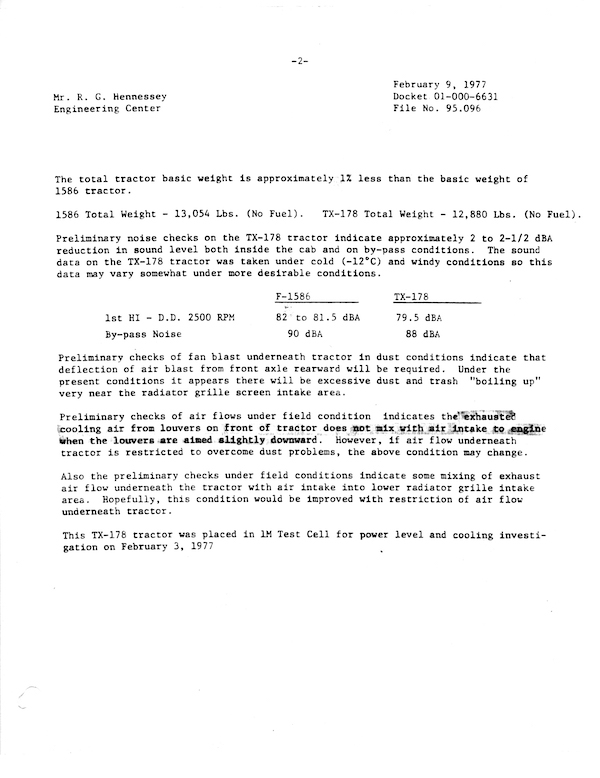
TX-178 Status Report continued
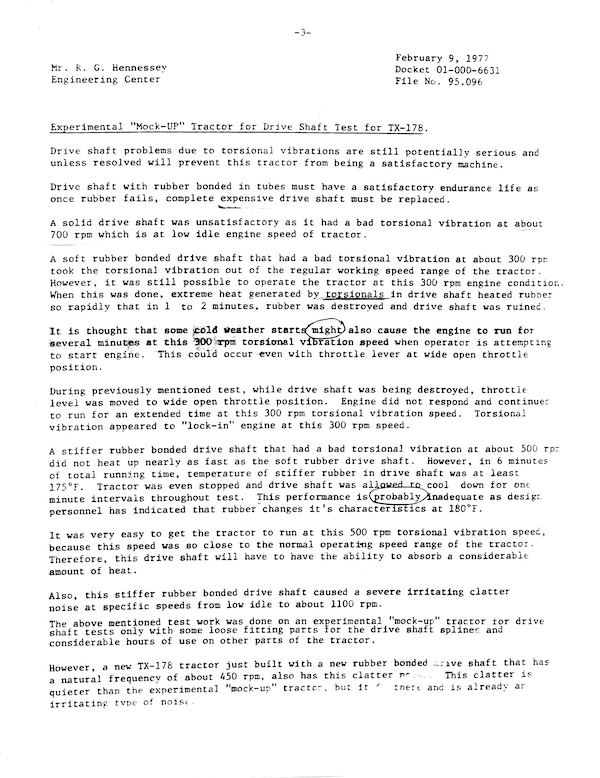
TX-178 Status Report continued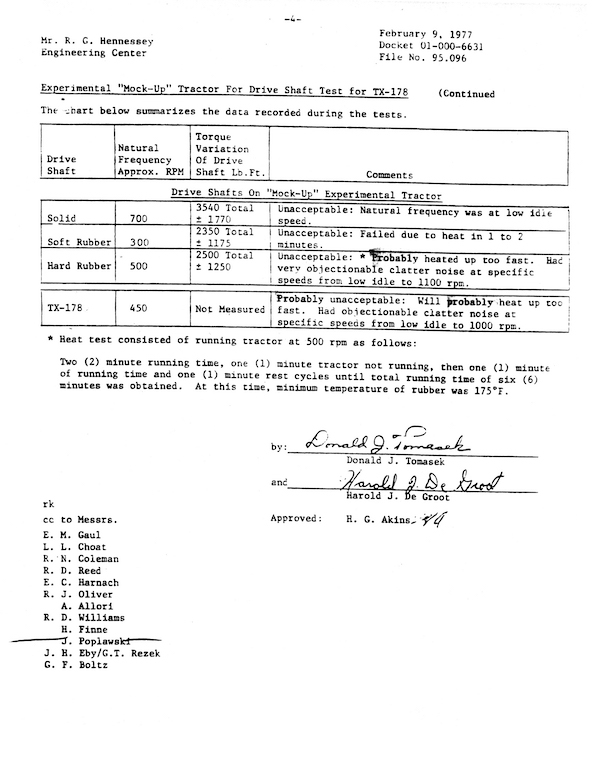
TX-178 Status Report continued
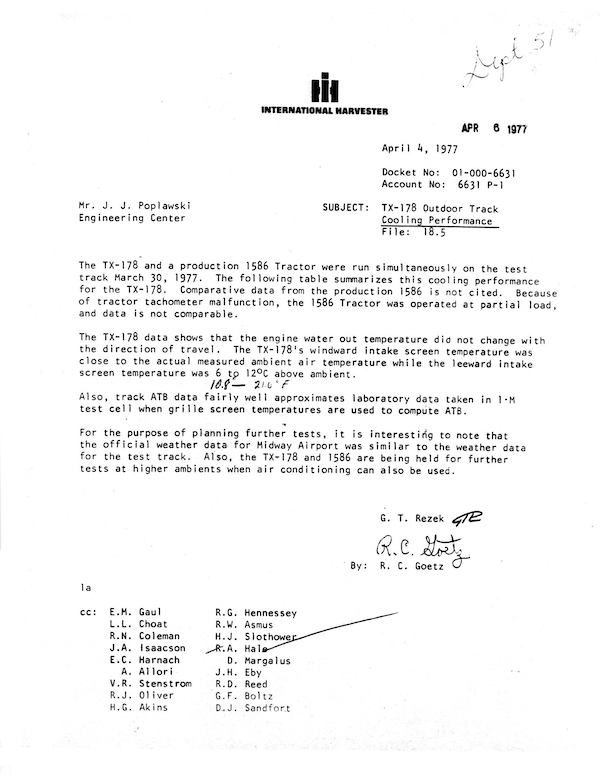
TX-178 Cooling Performance

TX-178 Cooling Performance continued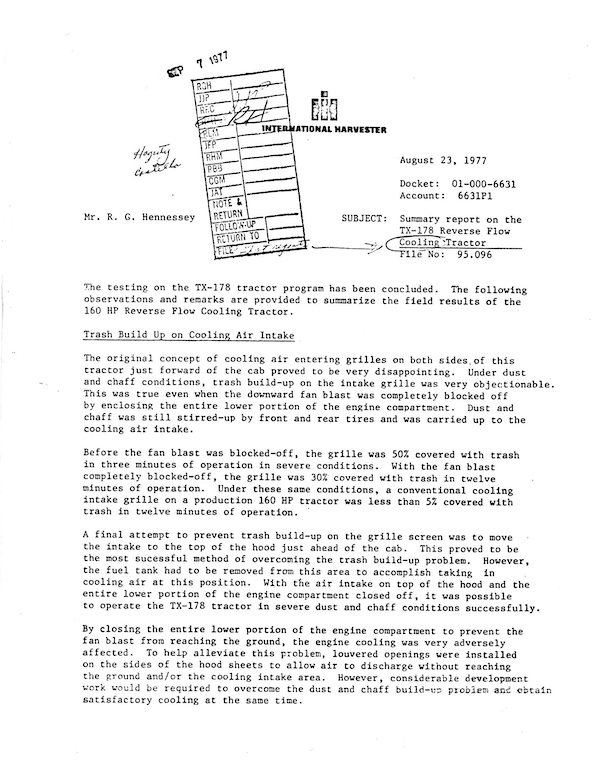
TX-178 Field Results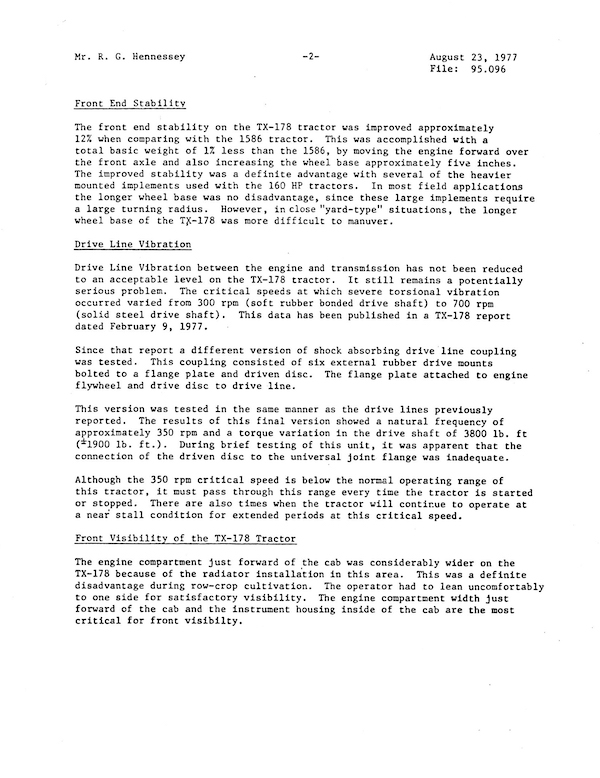
TX-178 Field Results continued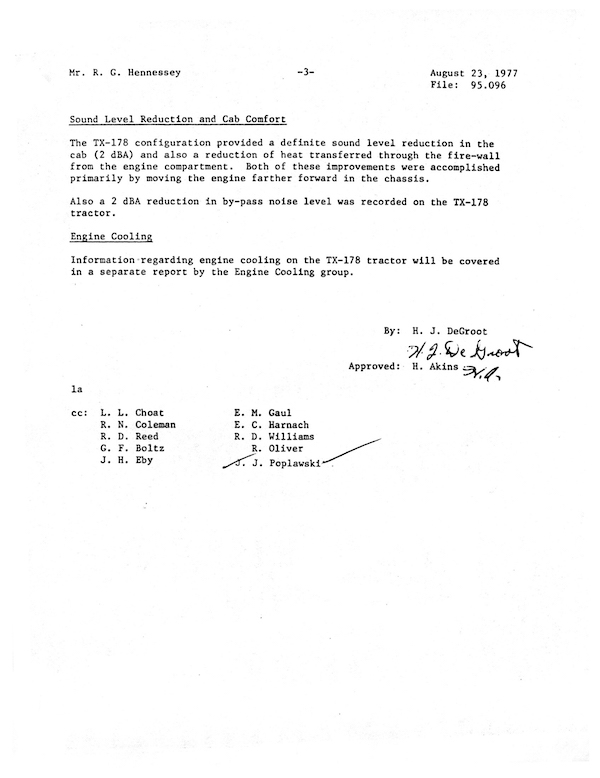
TX-178 Field Results continued
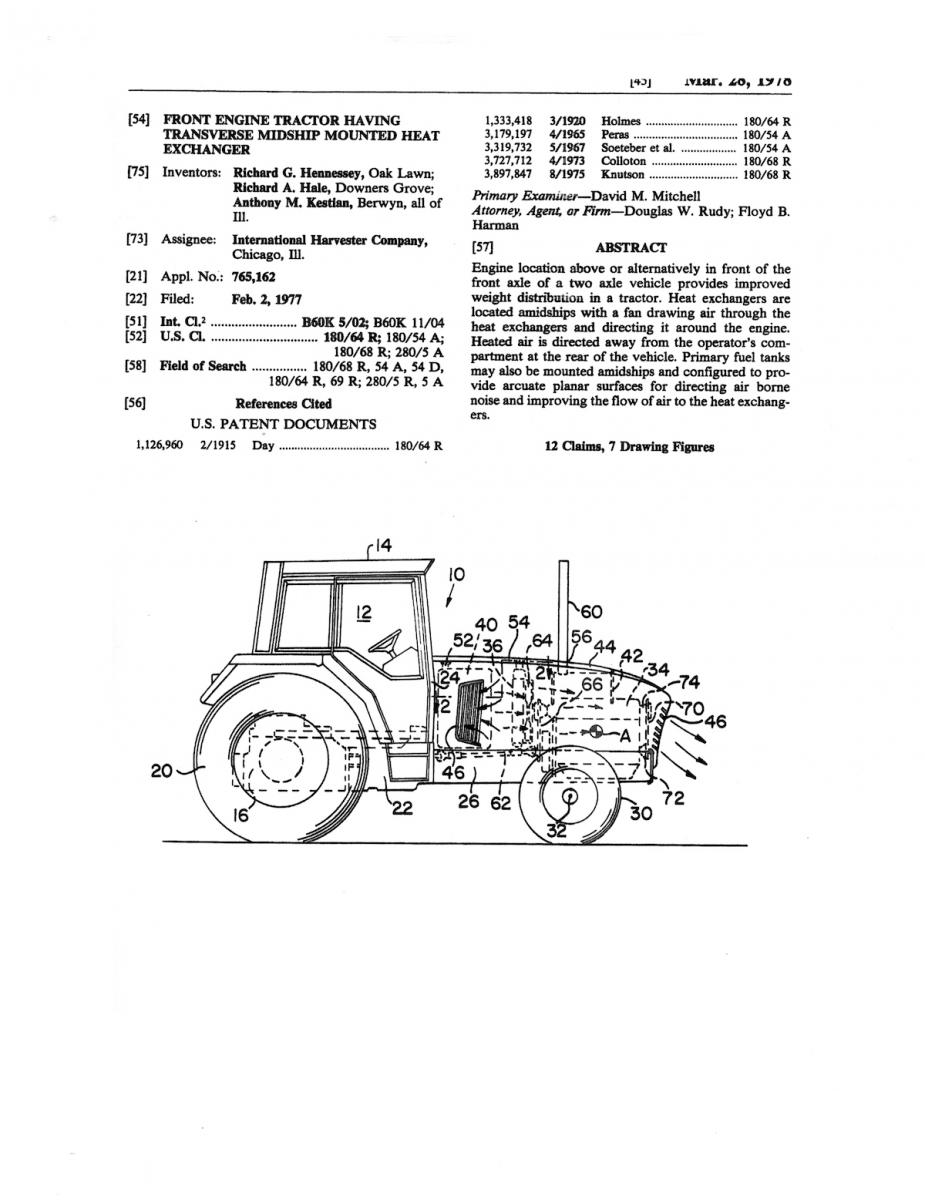
U.S. Patent for TX-178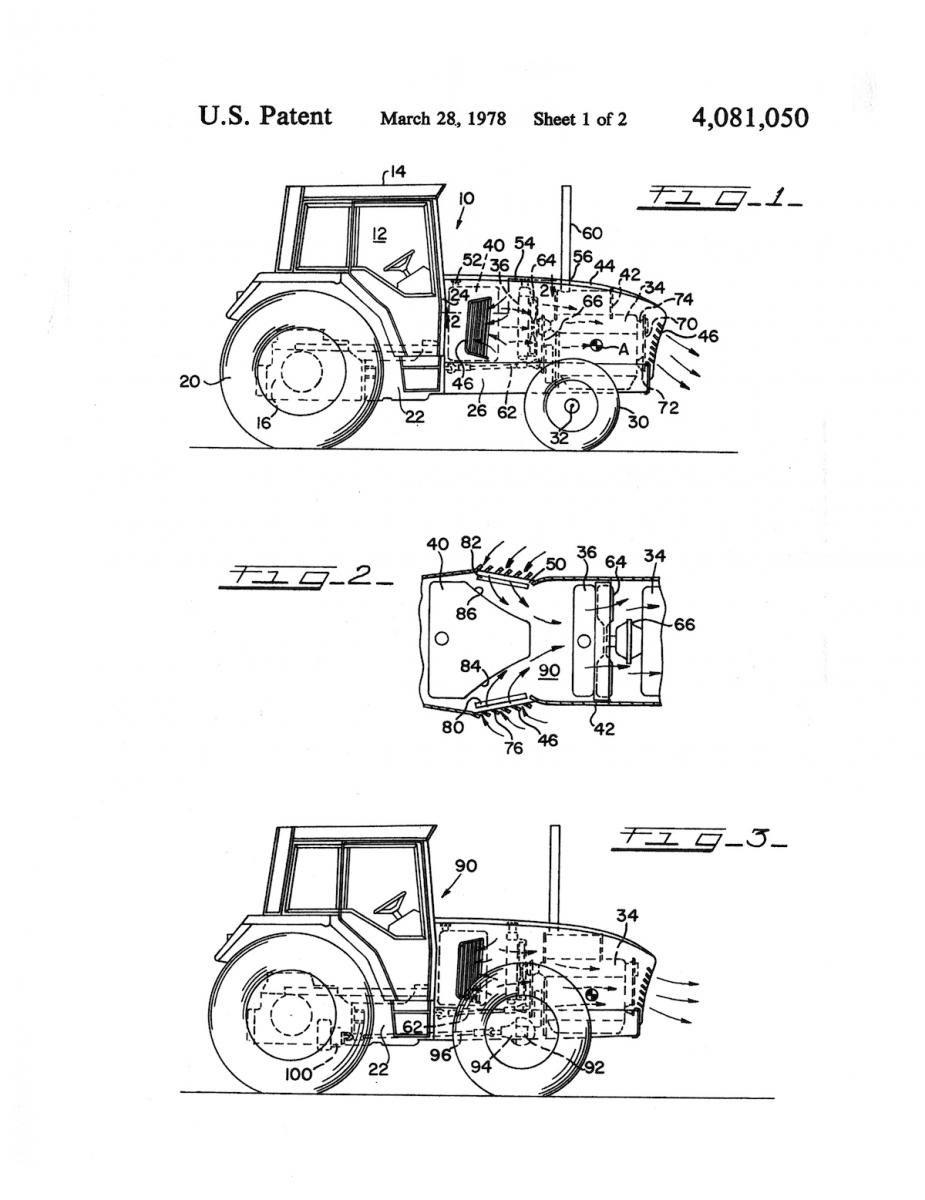
U.S. Patent continued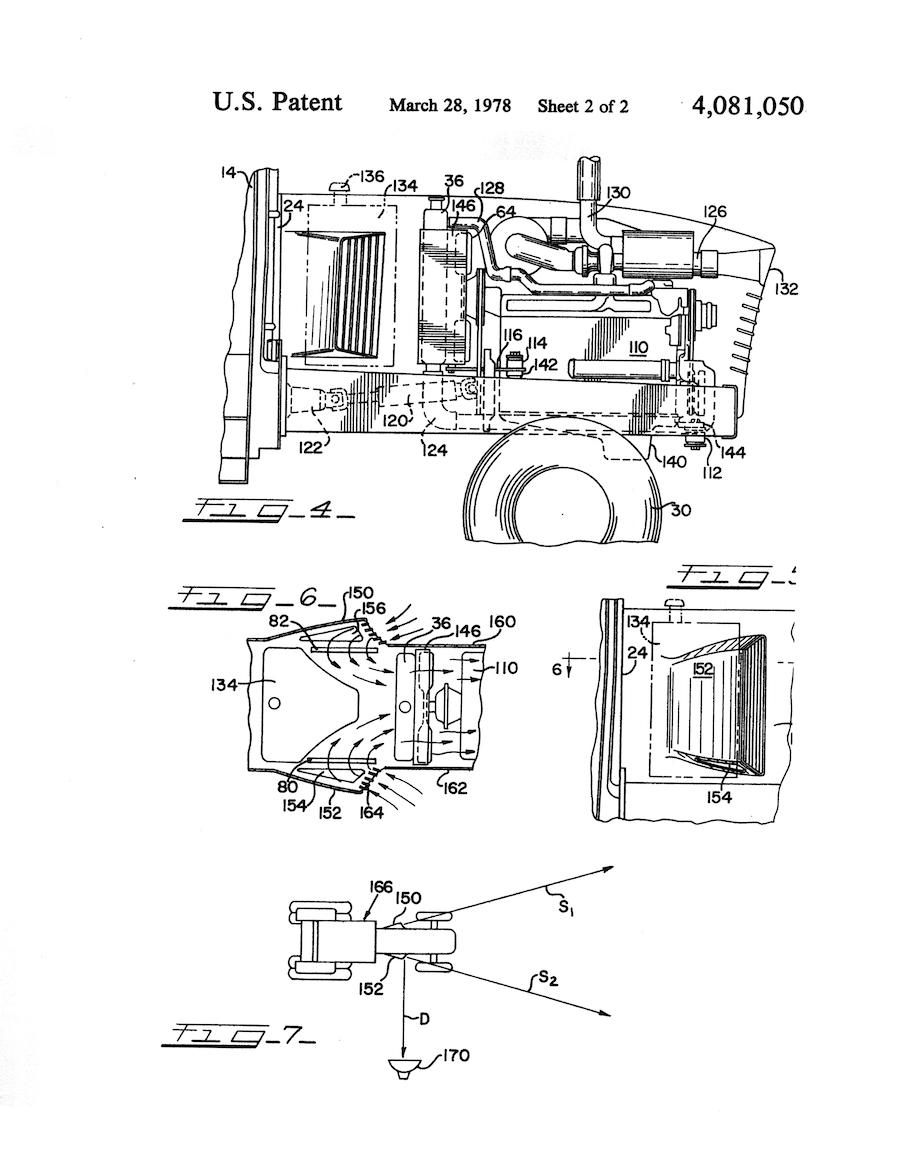
U.S. Patent continued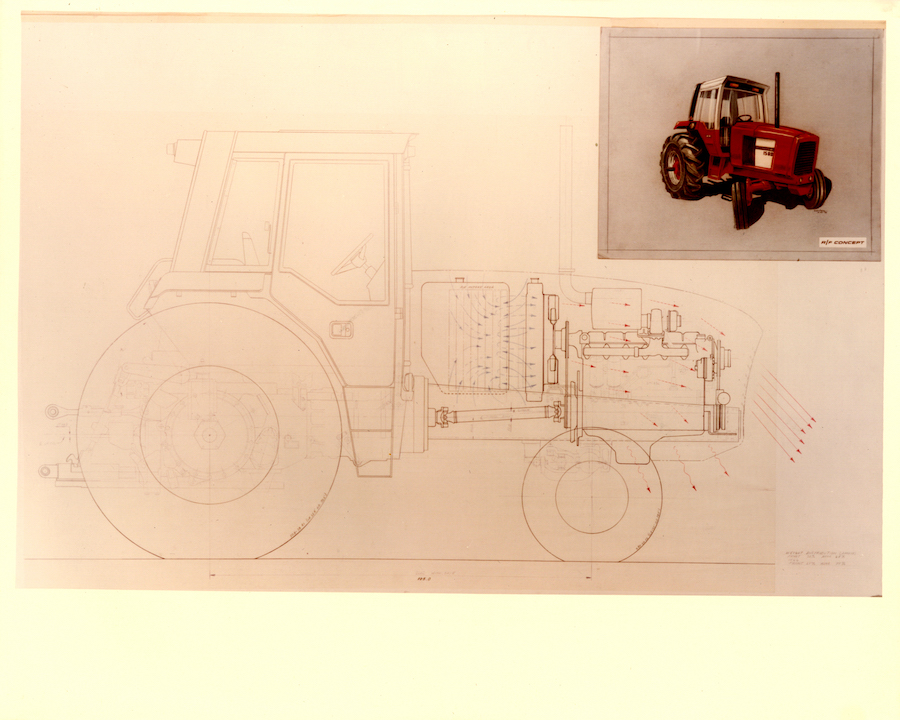
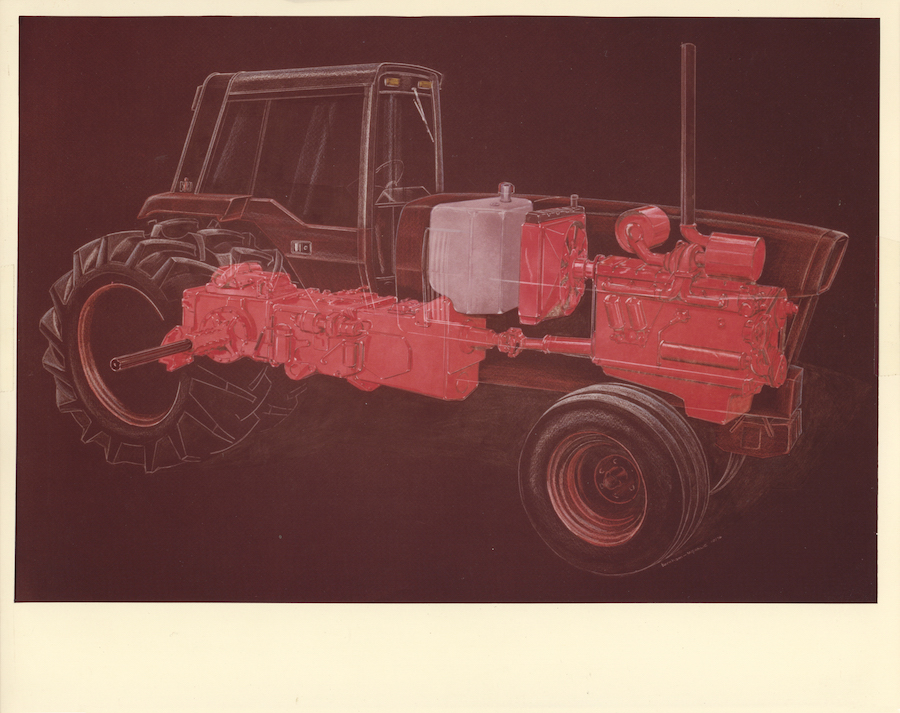
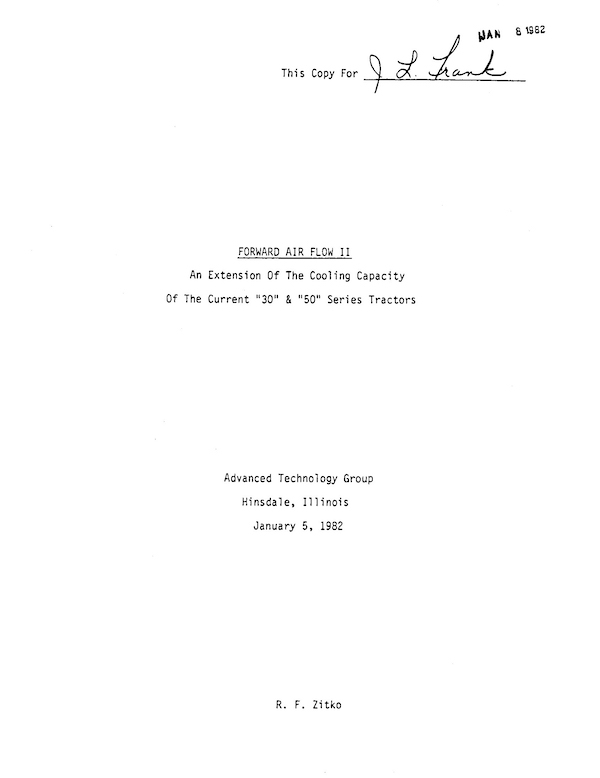
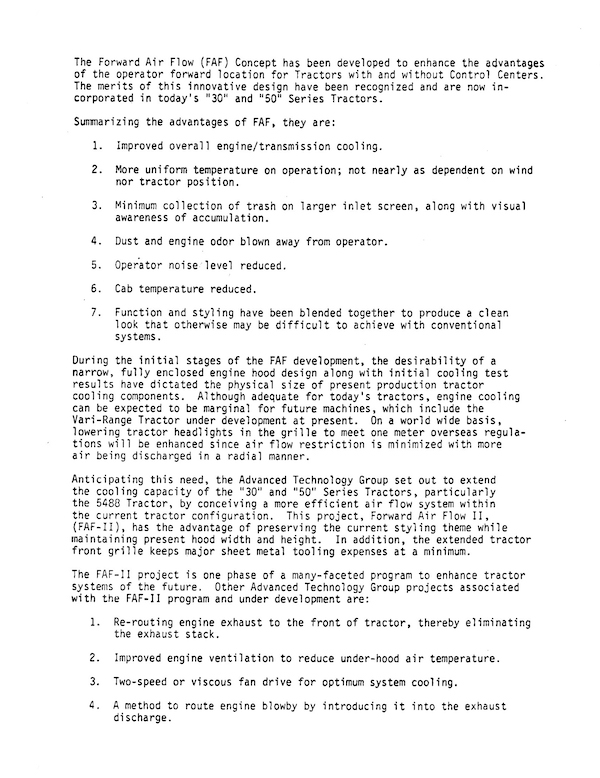
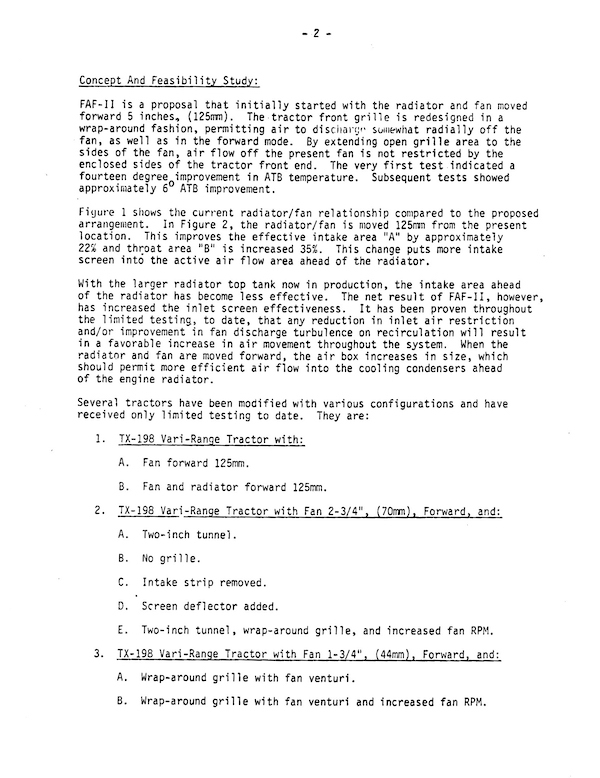
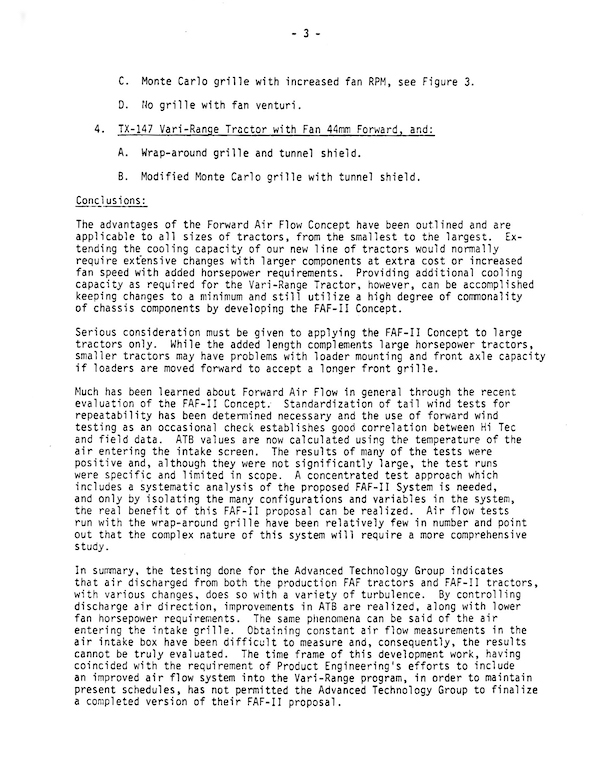
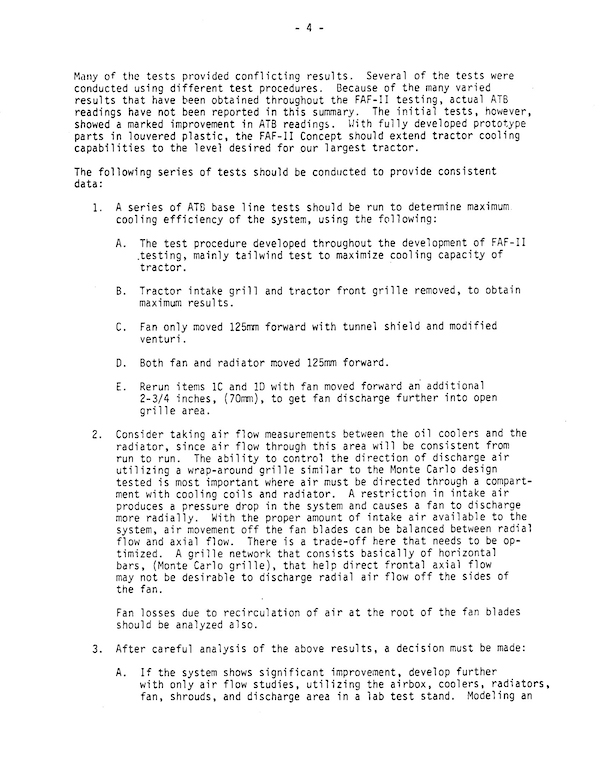
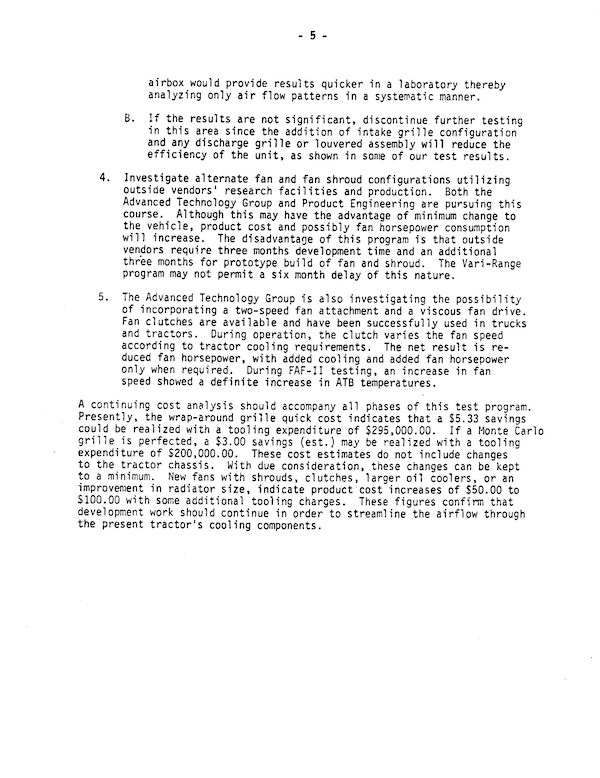
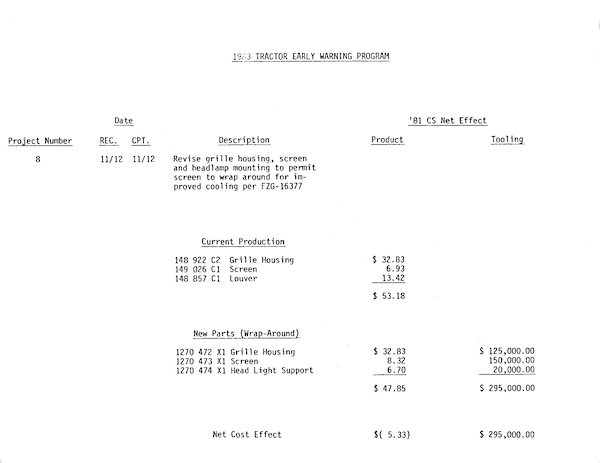
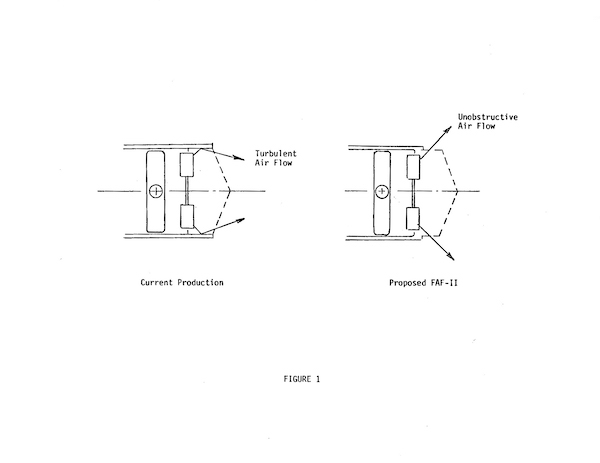
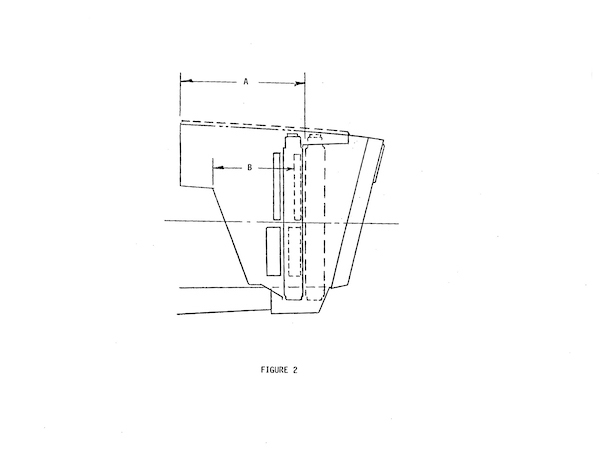
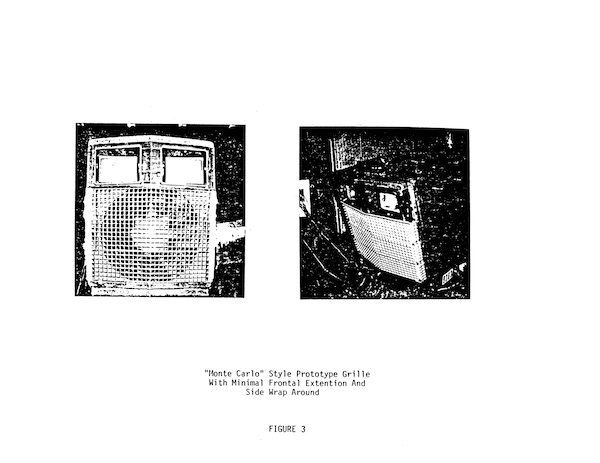

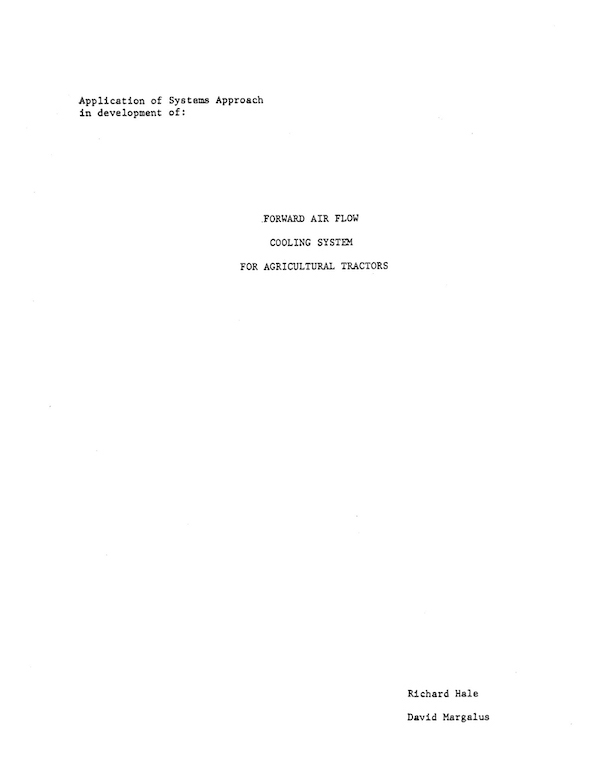
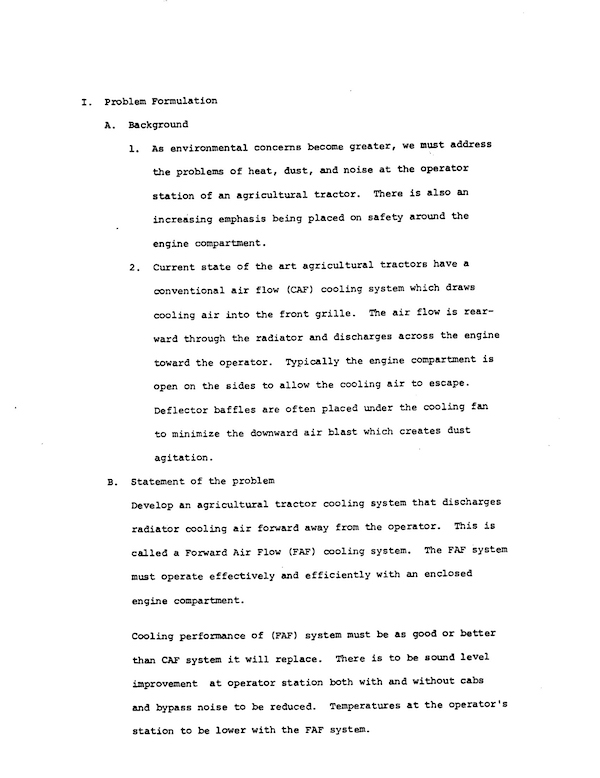
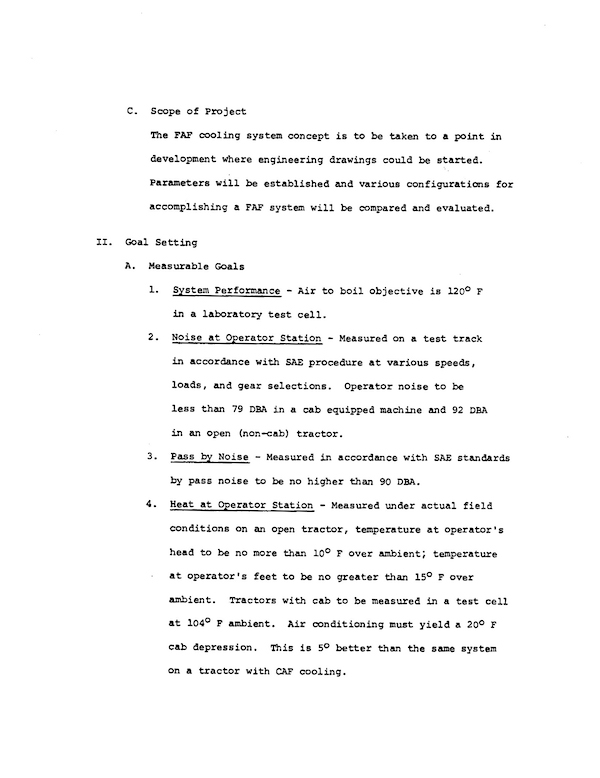
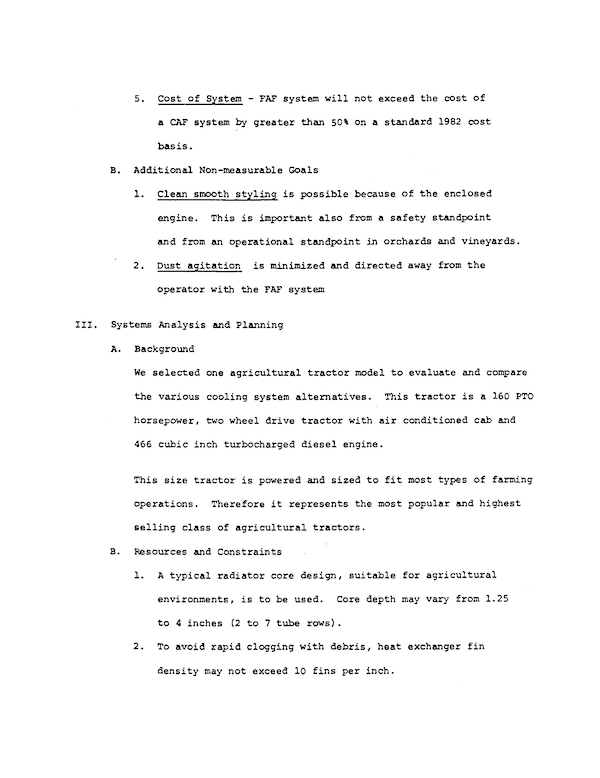
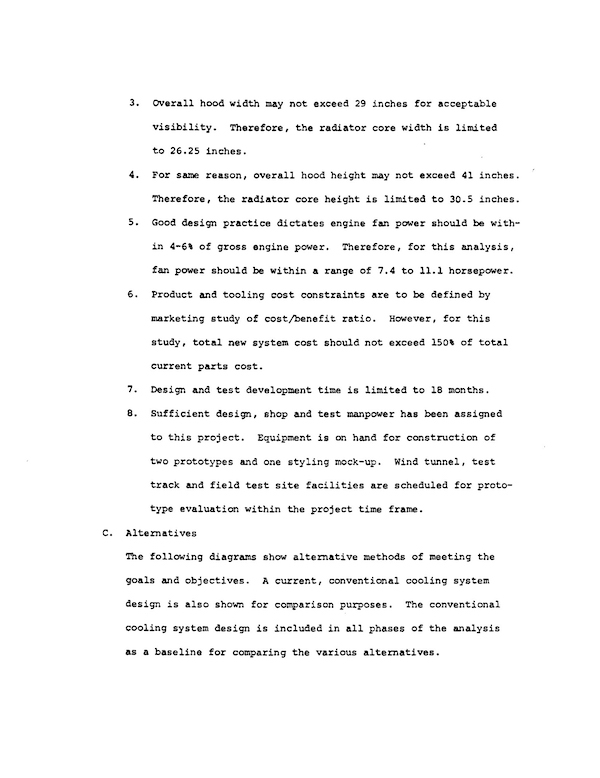
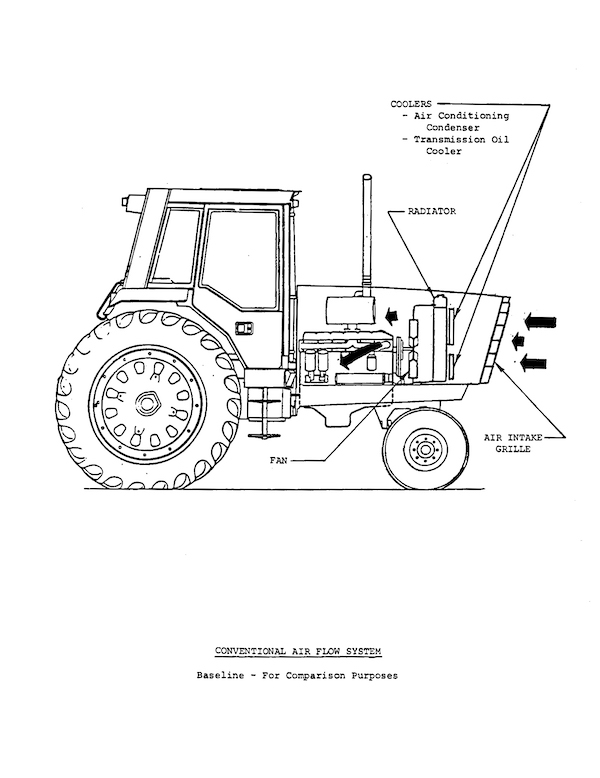
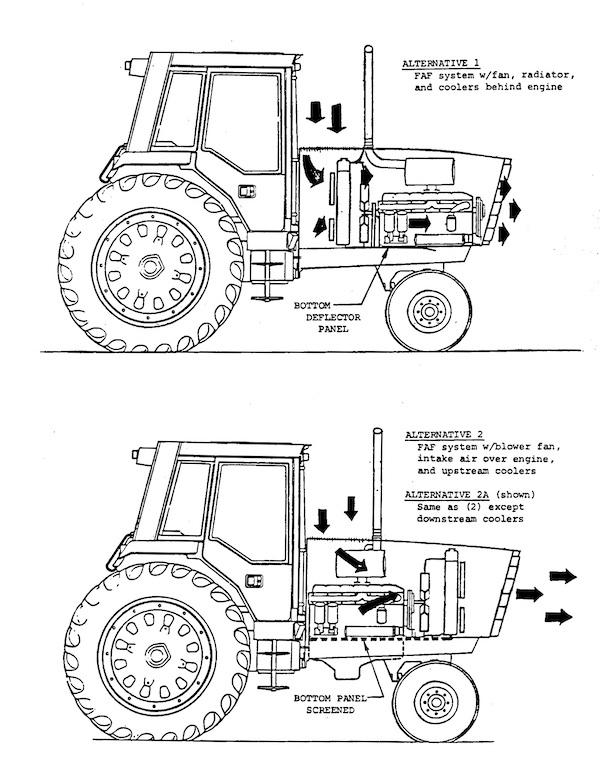
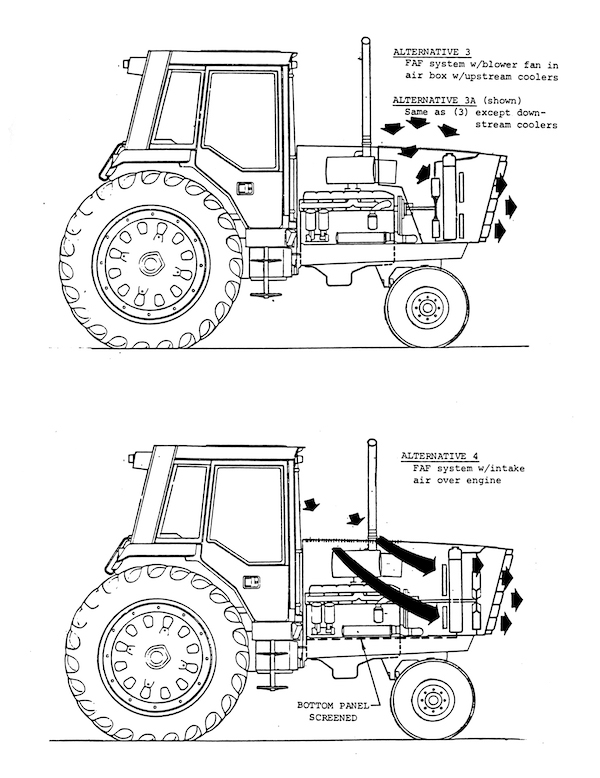
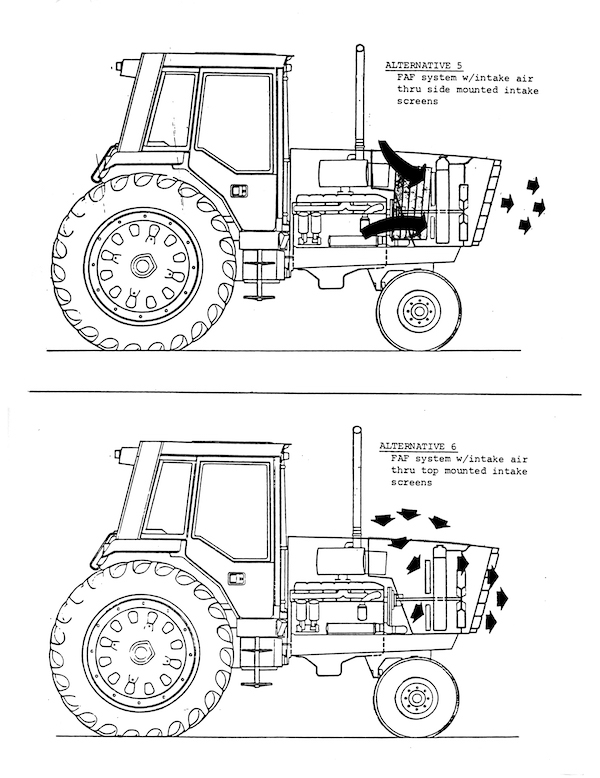
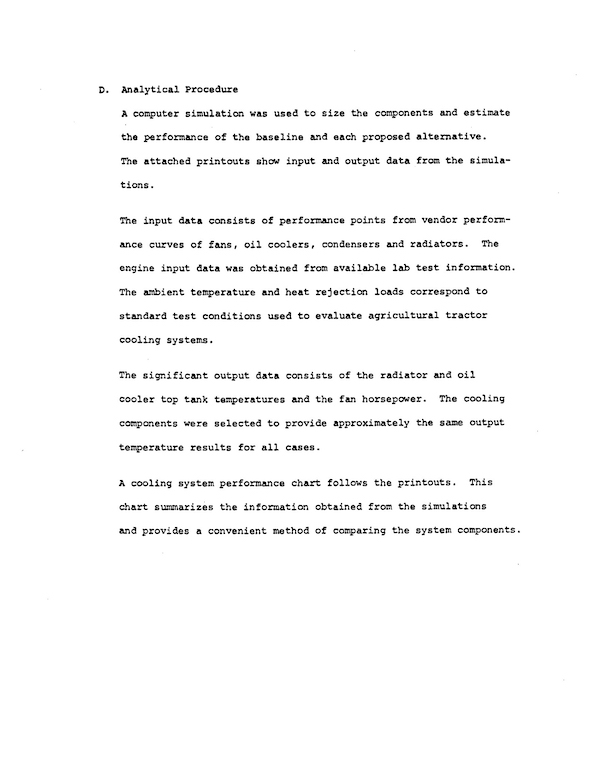
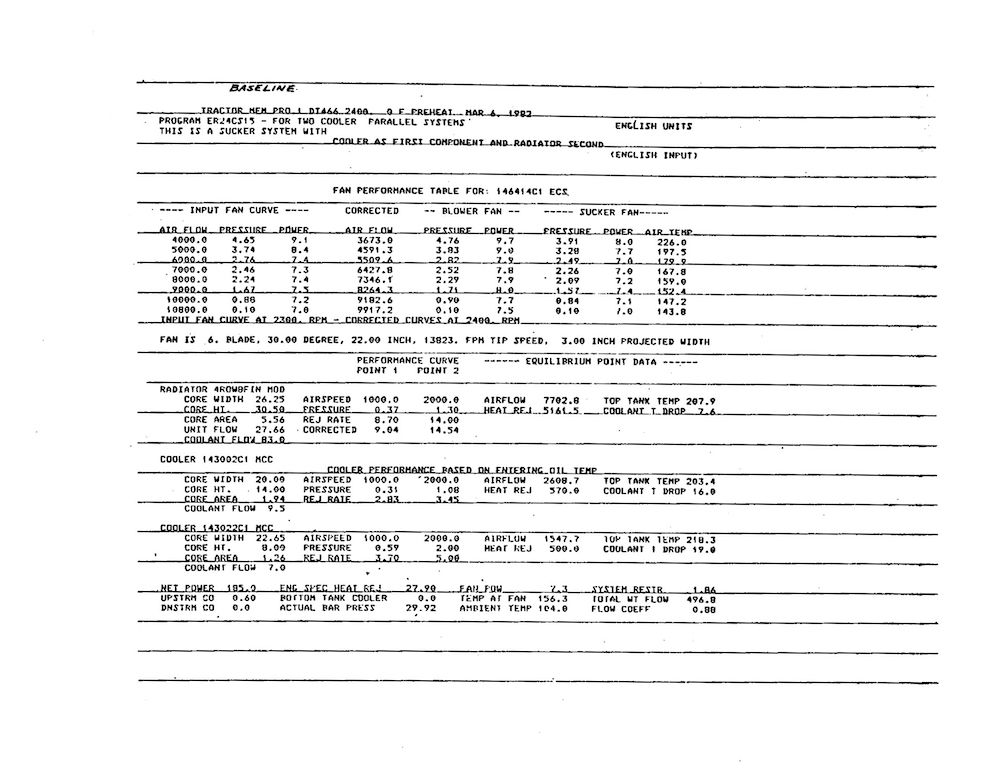
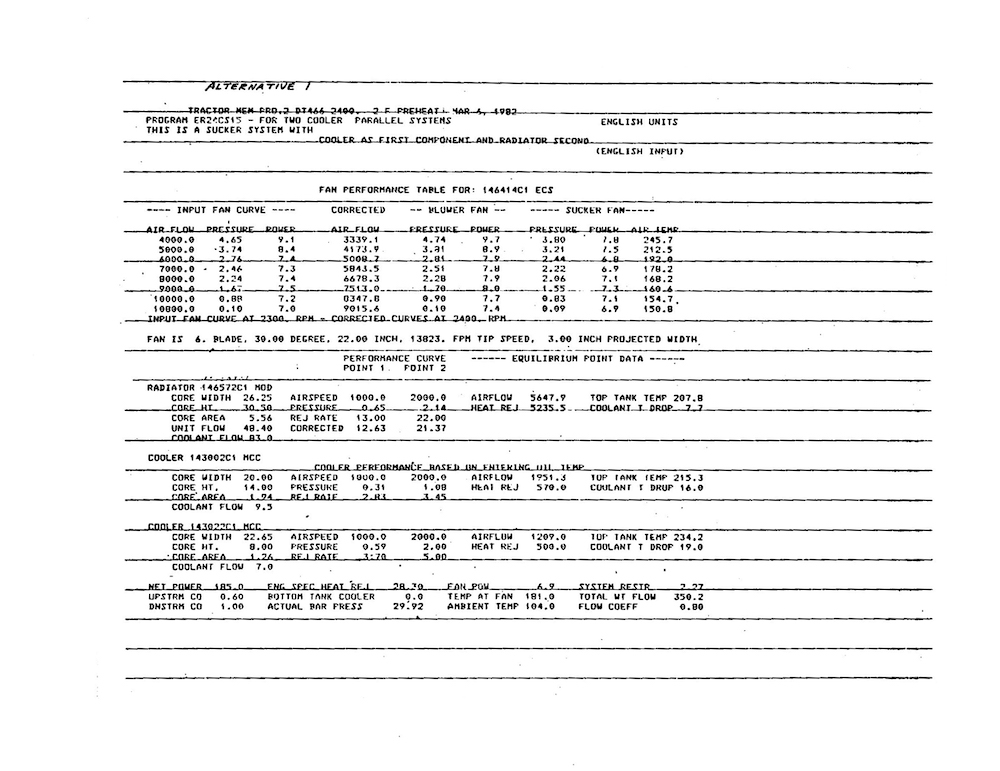

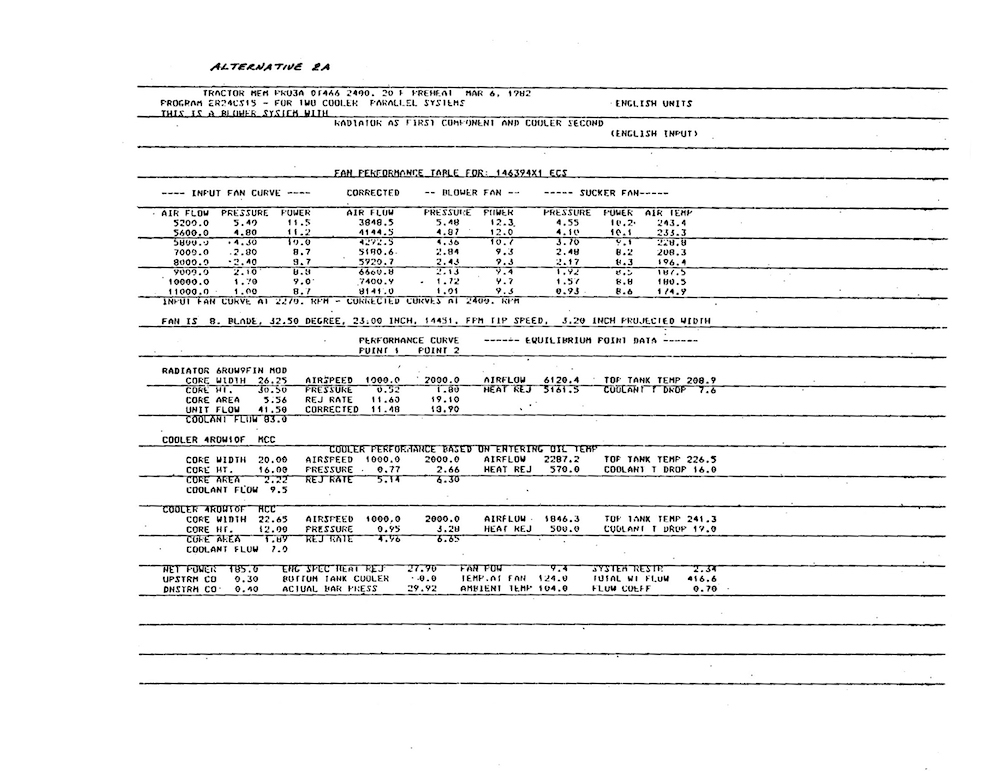
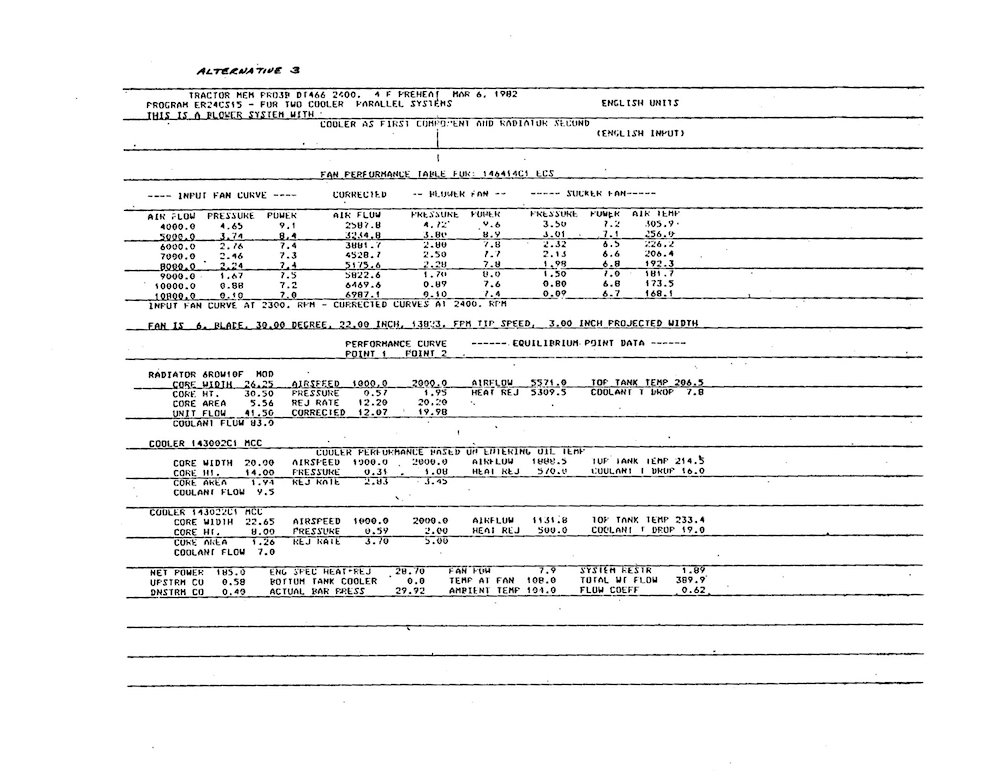

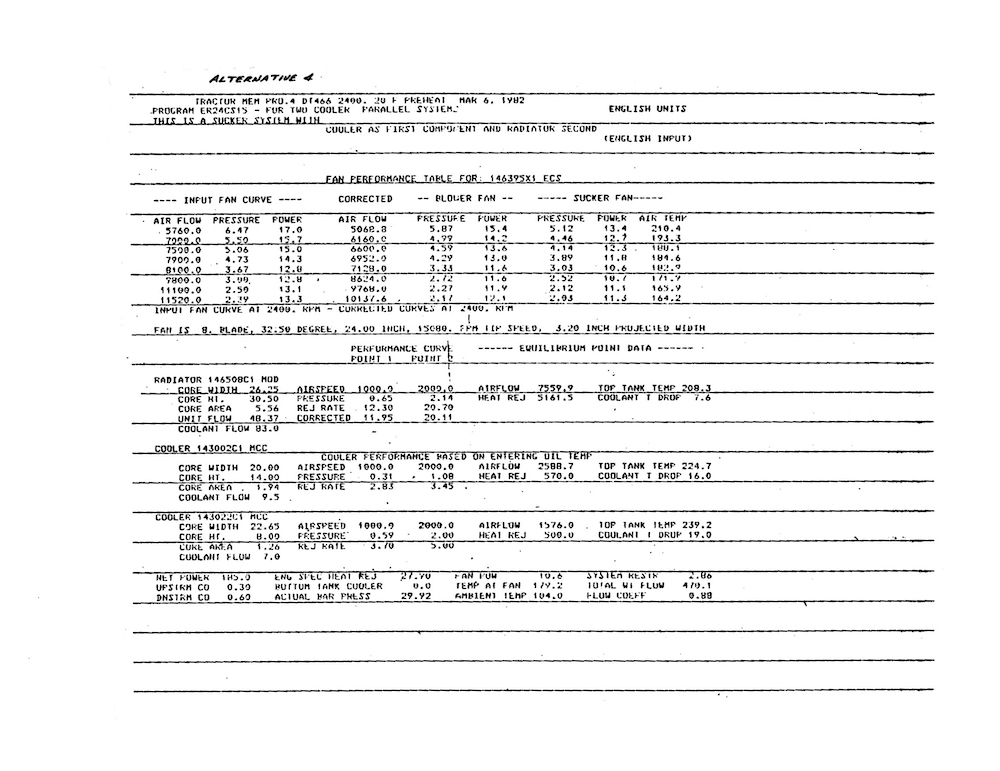
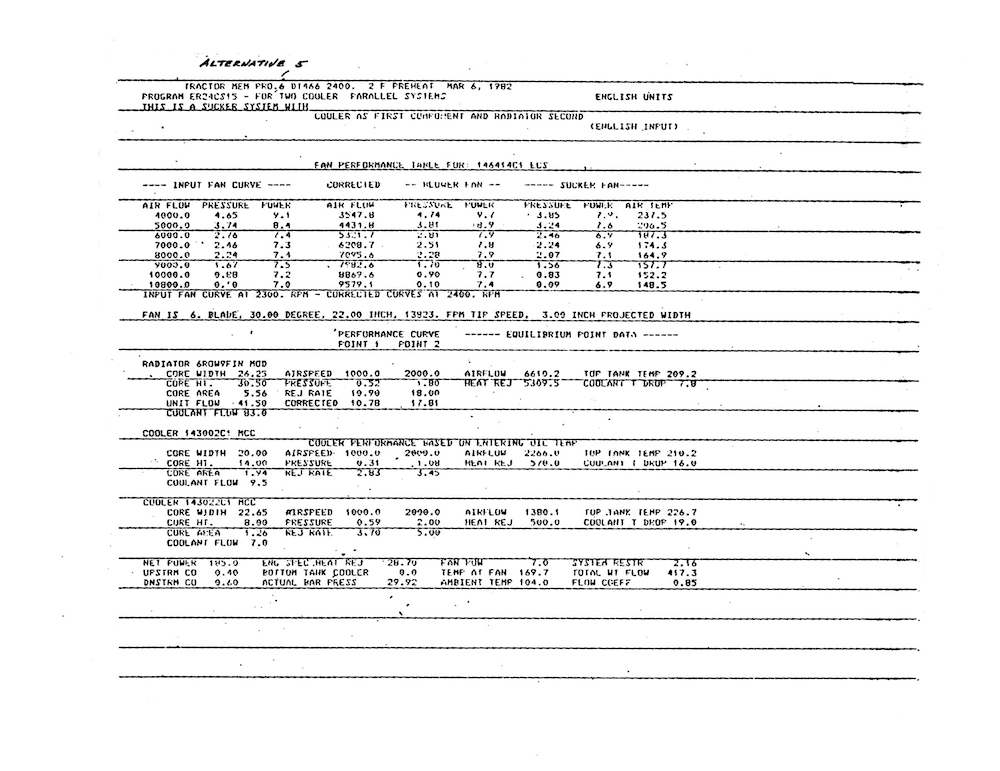

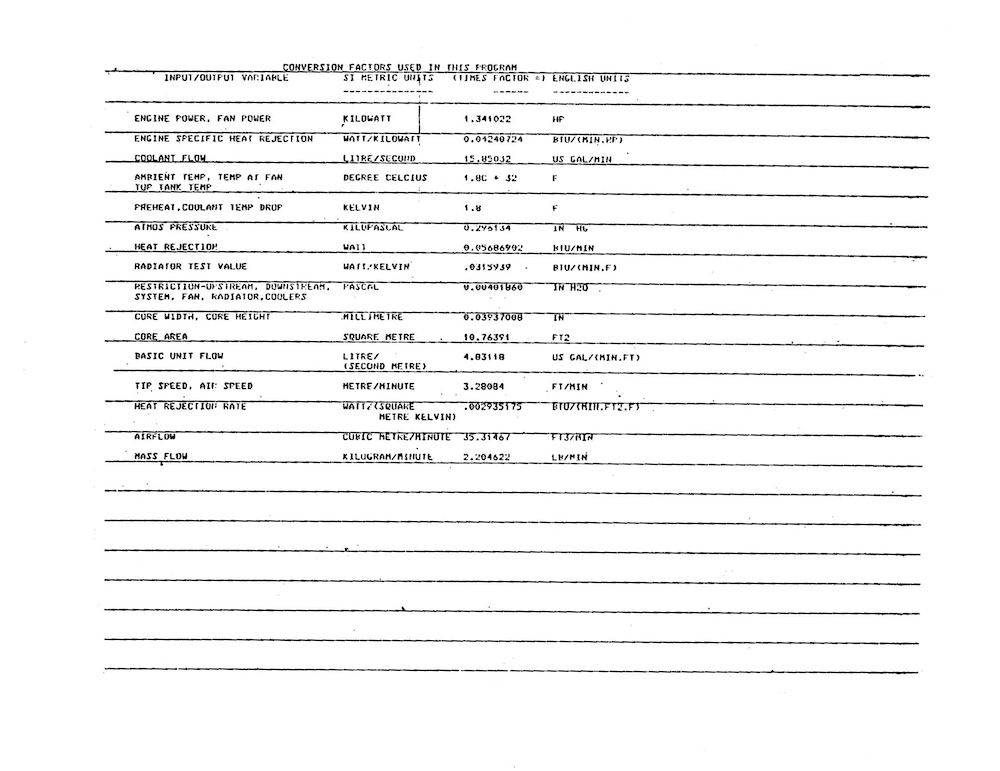
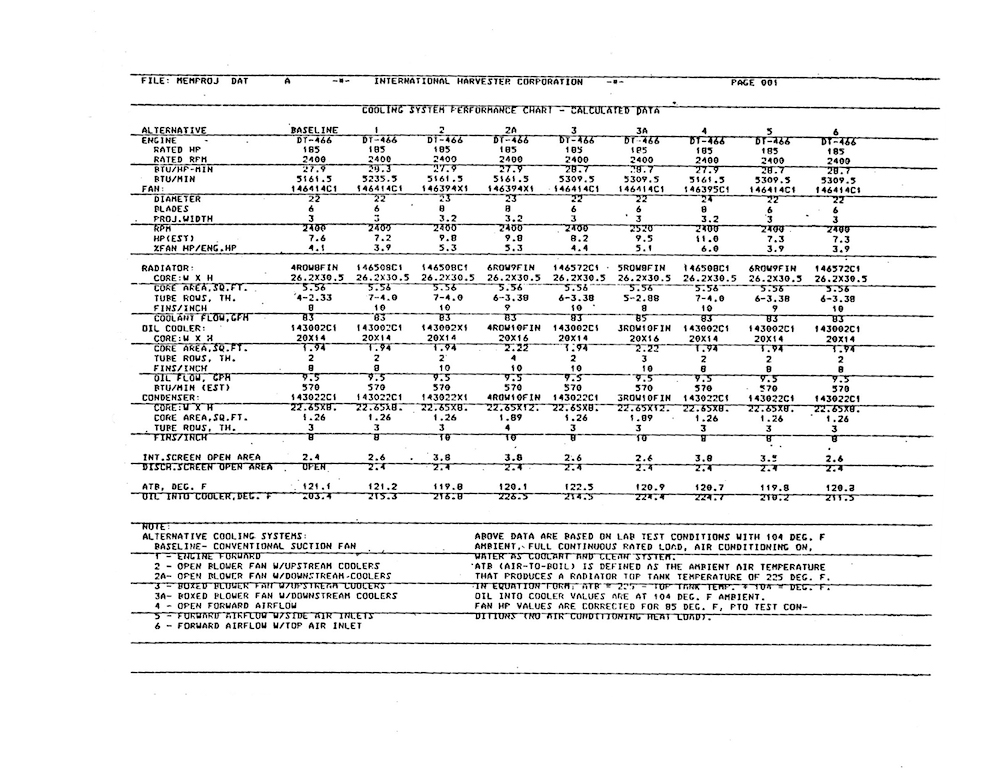
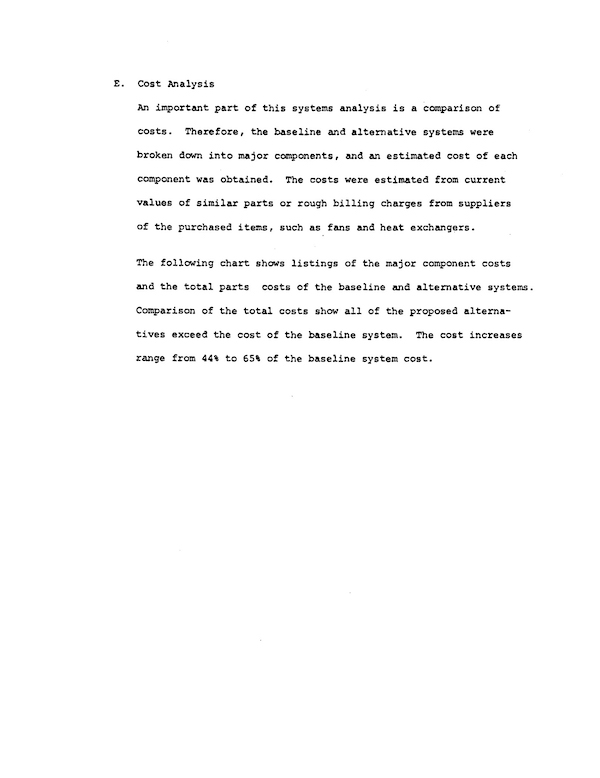
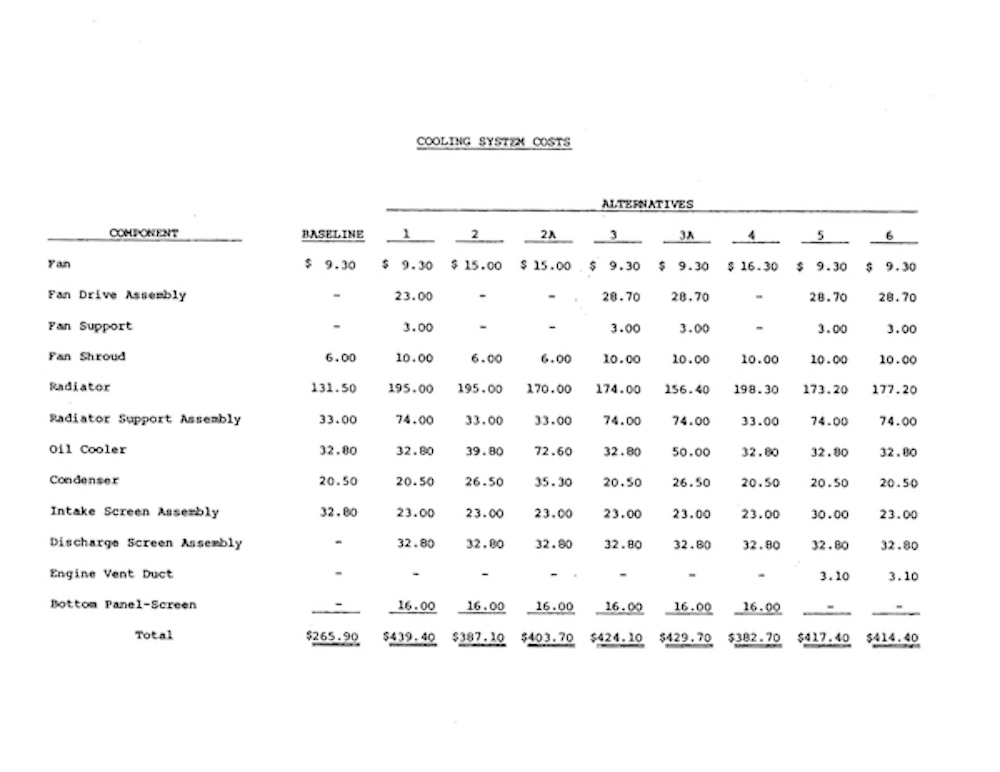
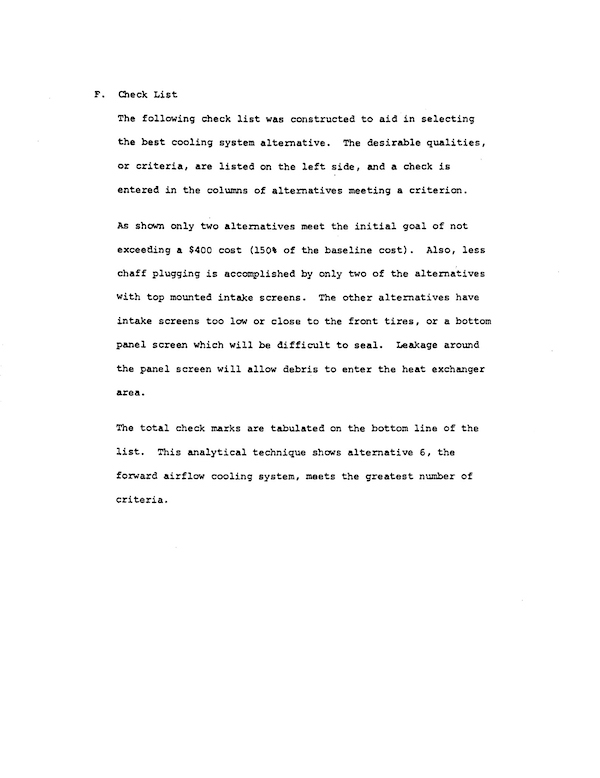
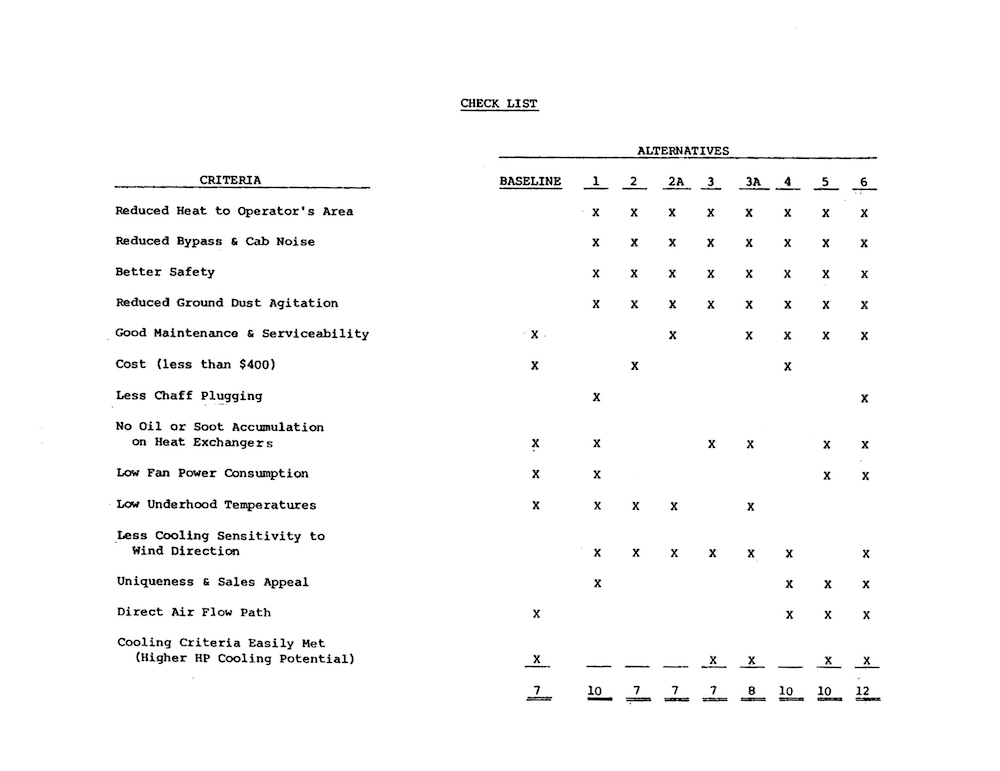
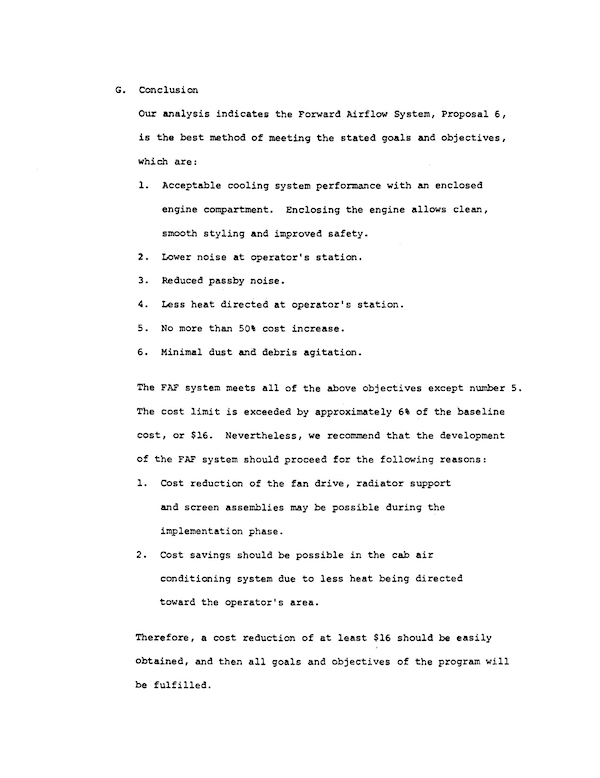
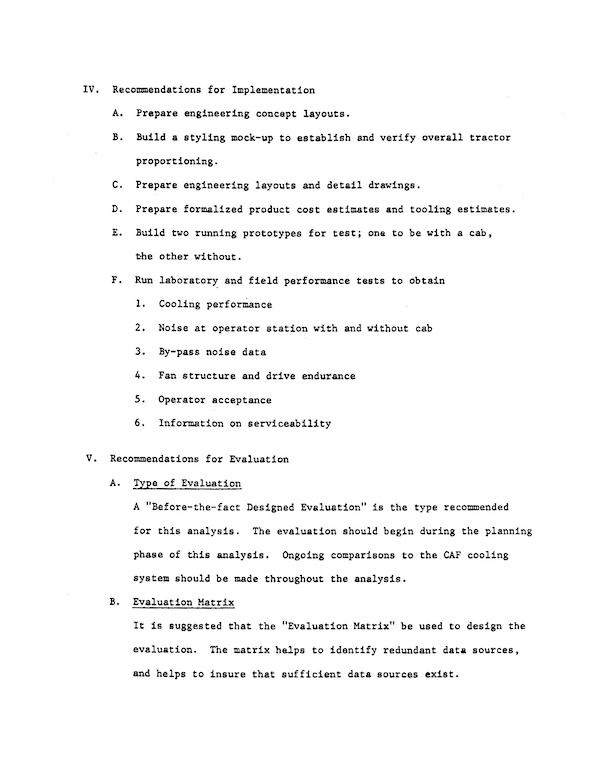

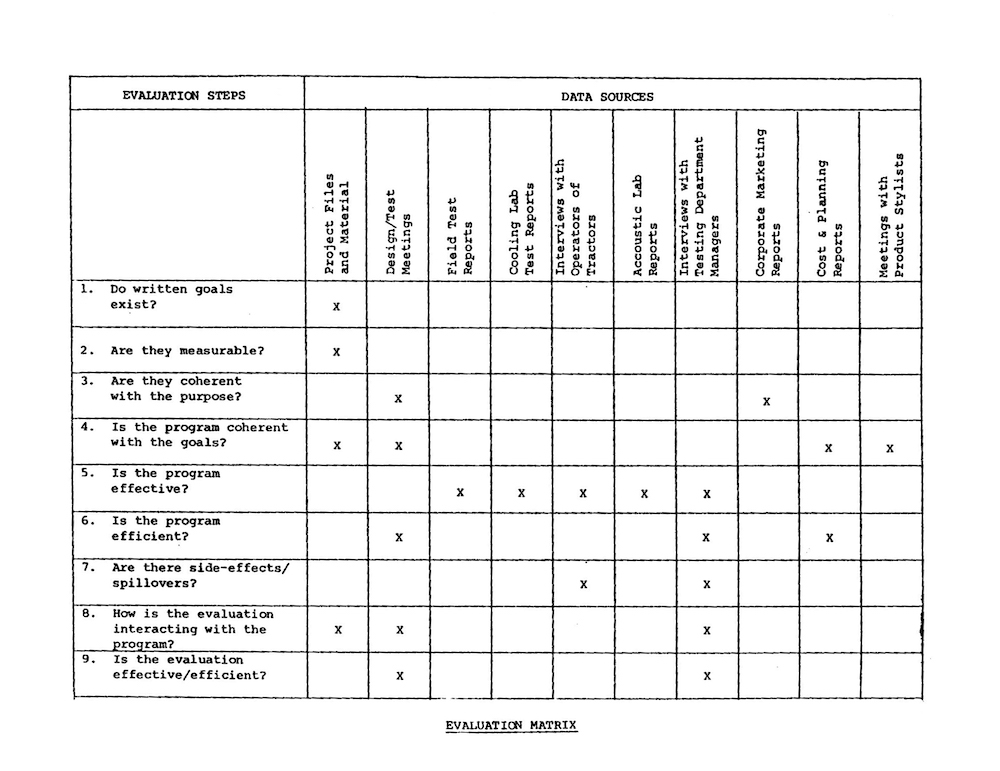

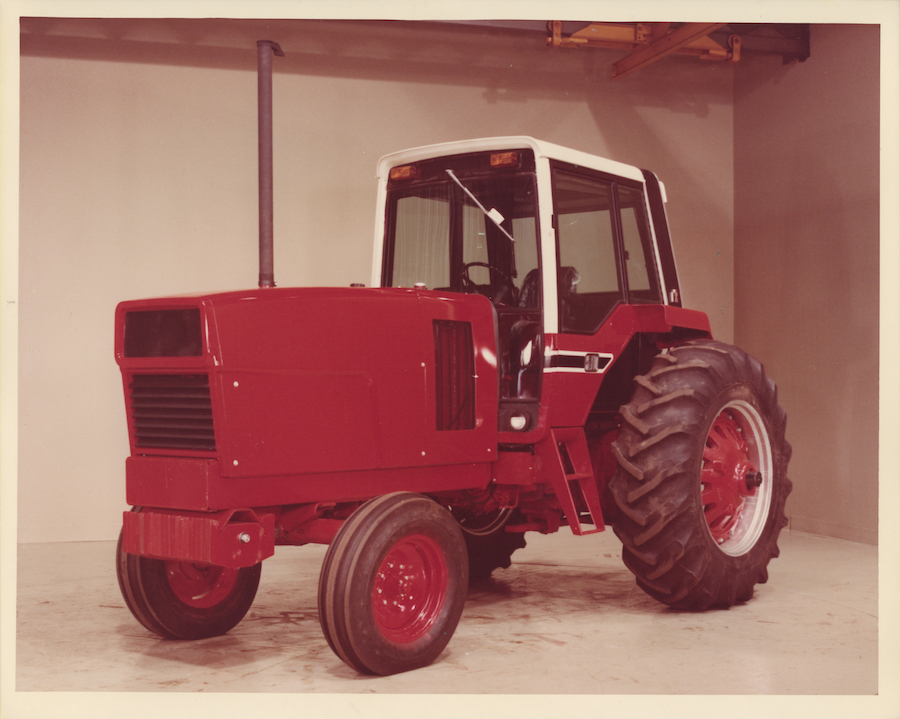

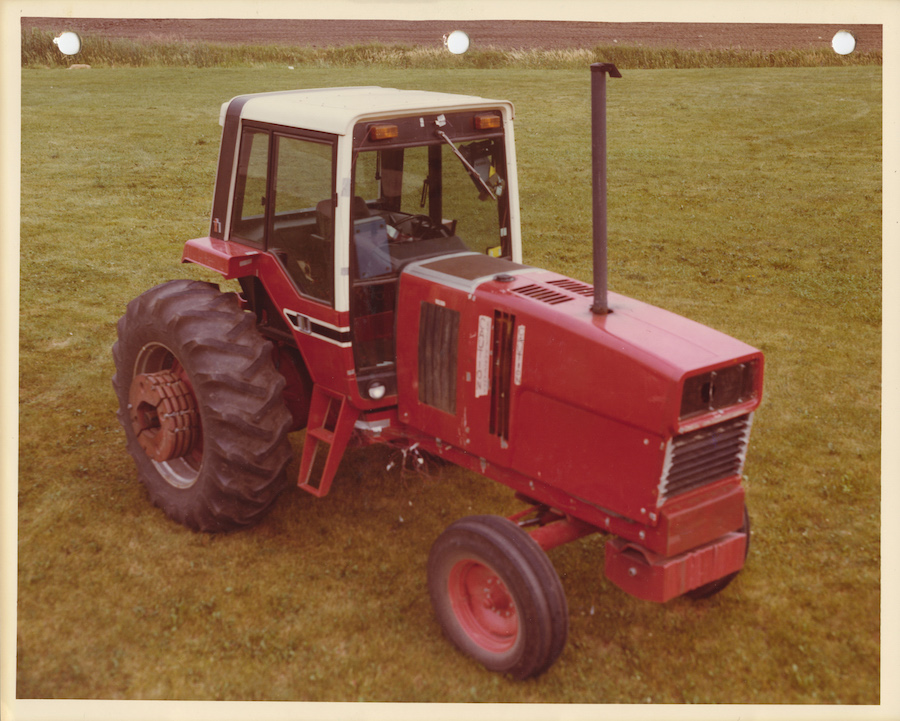
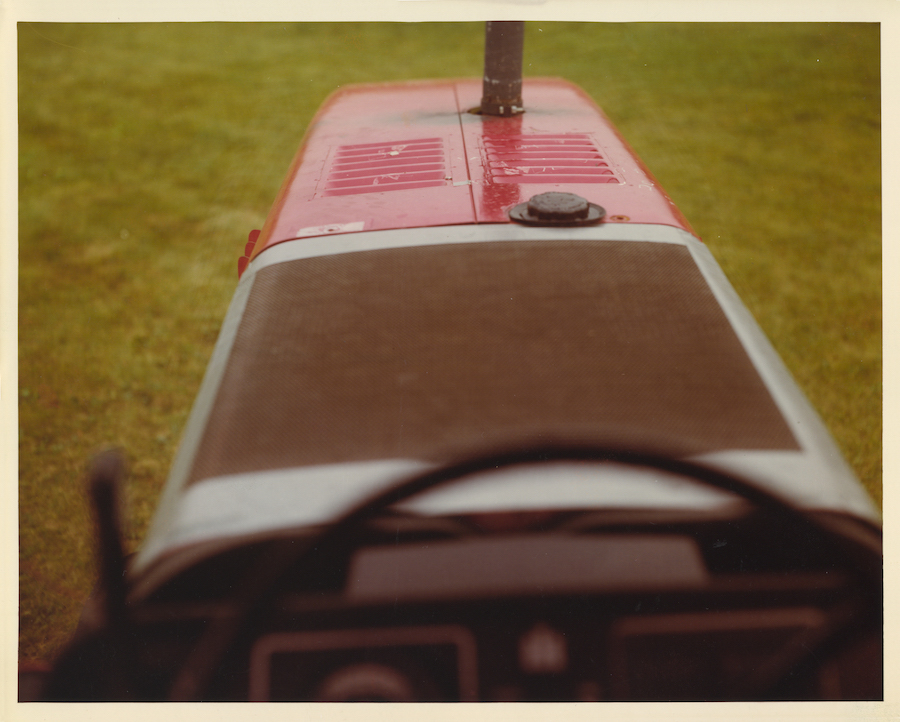
If you would like to receive content like this sent directly into your inbox, join our mailing list!


